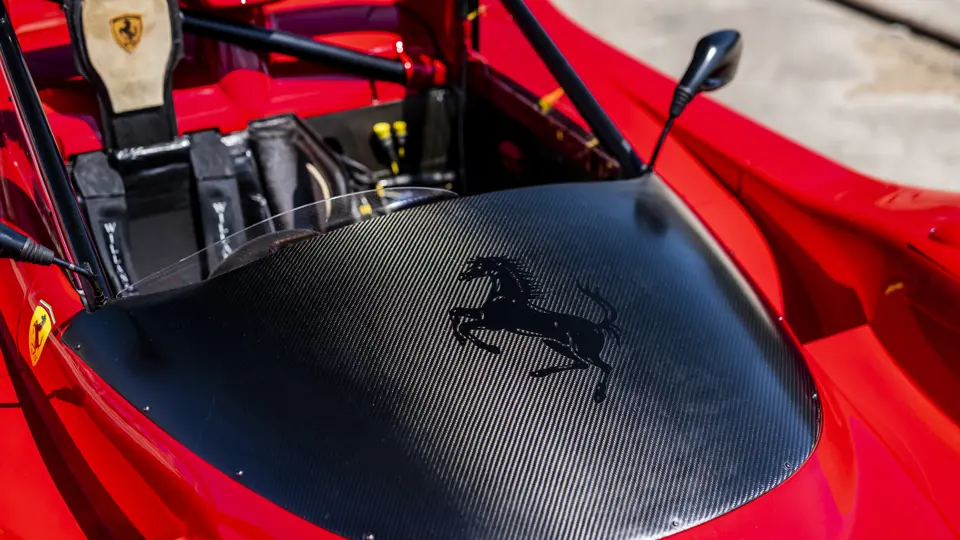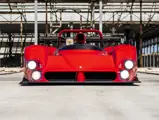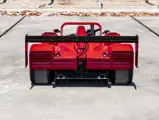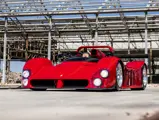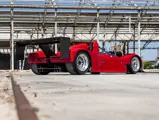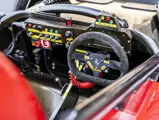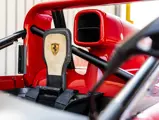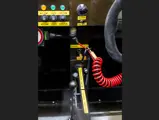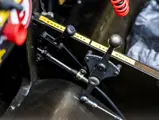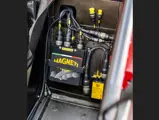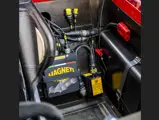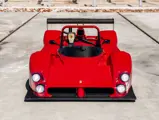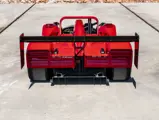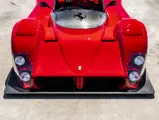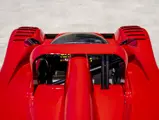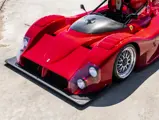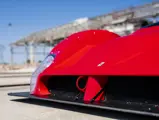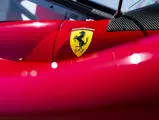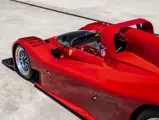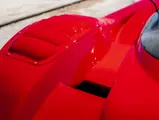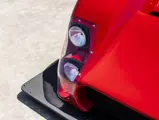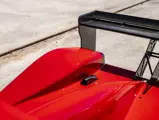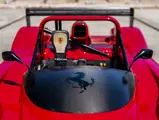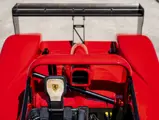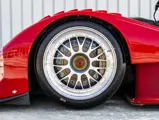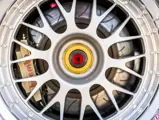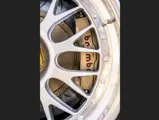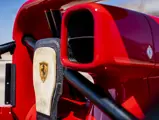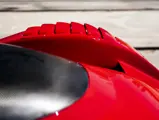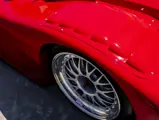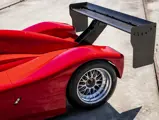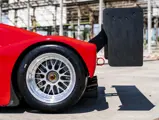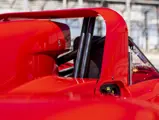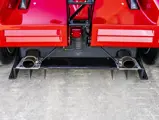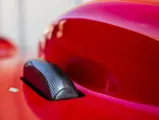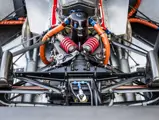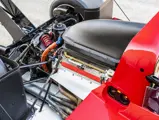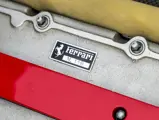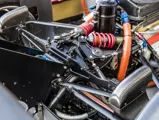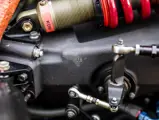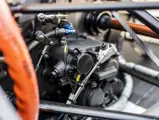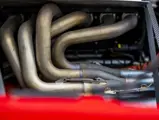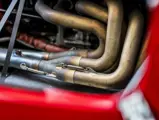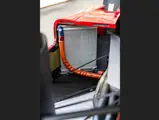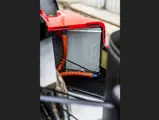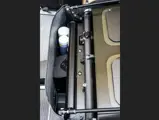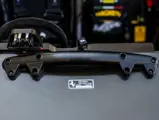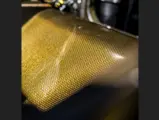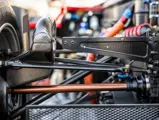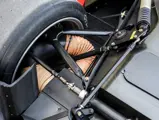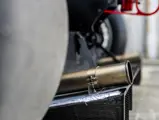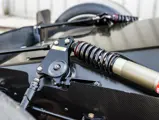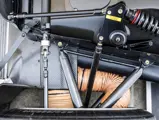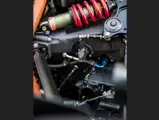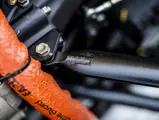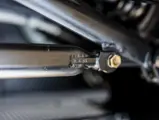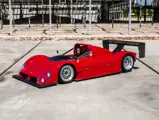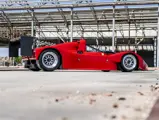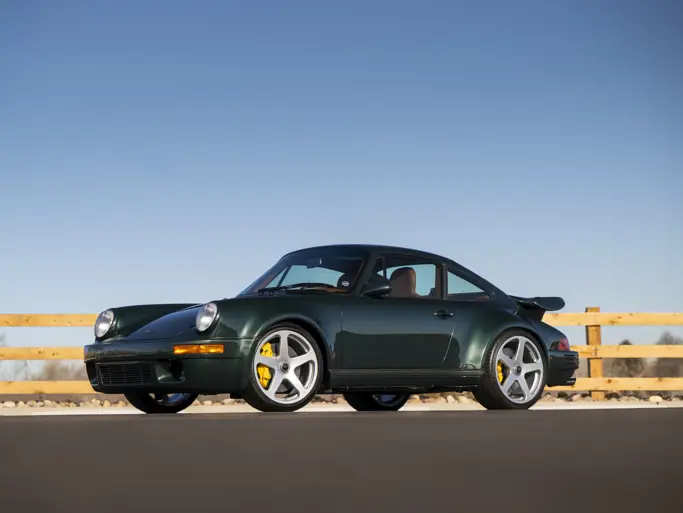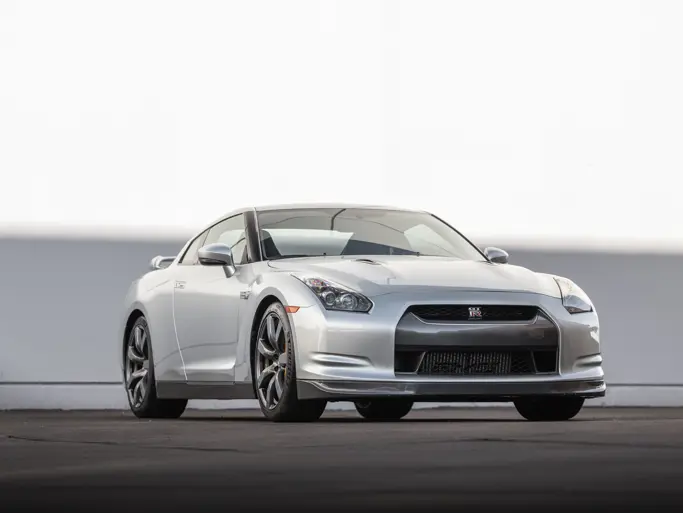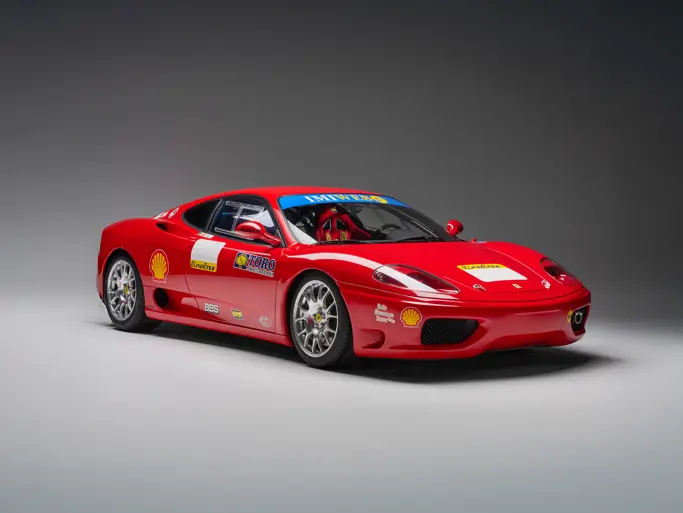
1999 Ferrari 333 SP
{{lr.item.text}}
Sold
{{bidding.lot.reserveStatusFormatted}}
- Ferrari’s only sports racing prototype constructed in the last 50 years
- The 333 SP is Ferrari’s only modern sports racing prototype evolution from the ultra-successful “P” series from the 1960s and early 1970s, which included the 250 P, 275P, 330 P2, 330 P4, and 312 PB, all World Championship winners for Ferrari
- The 333 SP achieved significant success on the racetrack with overall victory at the 24 Hours of Daytona (1998) and 12 Hours of Sebring (1995, 1997, 1998), marking Maranello’s return to prototype racing after a 20‑year absence
- Designed in collaboration between Ferrari, Dallara, and Michelotto; this example is part of the final production run of Michelotto-built 333 SPs
- Chassis 032 has been fitted with all desired Evo upgrades from new by Michelotto
- Ferrari Classiche certified with full numbers‑matching drivetrain
- Highly eligible for Ferrari Corse Clienti as well as other racing events
- Carefully maintained by Michelotto for the last decade
- The ultimate addition to any Ferrari supercar or race car collection
The foundations of Ferrari’s history are unquestionably built on a rich and successful motorsport heritage. The exploits of Scuderia Ferrari in Formula 1 are simply unparalleled, proudly serving not only as the oldest but also the most successful team in the sport. Since Alberto Ascari’s first World Championship in Ferrari colours in 1952, the Italian manufacturer has secured an incredible 15 Drivers’ titles. Such is the degree to which F1 race wins punctuate the Maranello trophy room, however, it is arguable that Ferrari first exerted its motorsport dominance in sportscar racing before Formula 1, with an extraordinary record up until they withdrew following the 1973 season: 14 World Sportscar Championships, 8 Le Mans victories, 8 Mille Miglia wins and 8 triumphs at the Targa Florio.
At the time of its unveiling towards the end of 1993, the Ferrari 333 SP represented a significant return to motorsport outside of Grand Prix racing for Scuderia Ferrari, widening the team’s bandwidth to Prototype-class events. After a 20-year absence, Ferrari’s factory-sanctioned return to sports car racing had been kickstarted. The team had last campaigned the 312 PB that notably earned Ferrari a World Sportscar Championship in 1972. Inside the company, though, interest in sports car racing in this era had declined. By 1973, the manufacturer had withdrawn its support for the Prototype-class in favour of focussing solely on Formula 1. While this paid almost instant dividends by securing consecutive Constructors’ titles towards the end of the 1970s, Ferrari’s involvement in sportscar racing would be led by privateer efforts in GT racing until designs for the 333 SP emerged many years later.
The 333 SP was initially conceived in response to new regulations for the IMSA GT Championship, introduced in 1994. Under the amended rules, an open-cockpit World Sports Car (WSC) class had been devised to replace the closed-cockpit Grand Touring Prototype (GTP) category. At the behest of amateur racing driver and loyal Ferrari customer, Giampiero Moretti—alongside the efforts of Gianluigi Longinotti-Buitoni, then CEO of Ferrari North America, who viewed racing as a great platform to exhibit the strengths of the company’s cars in his territory—Ferrari began work on a car intended to compete in the WSC class for the 1994 season. The 333 SP became Ferrari’s only modern sports racing prototype evolution from the ultra-successful “P” series from the 1960s and early 1970s, which included the 250 P, 275P, 330 P2, 330 P4 and 312 PB, all World Championship winners for Ferrari
Ferrari deployed a collaborative approach for the development of the 333 SP. The factory worked alongside Dallara Automobili and Michelotto, with the former taking charge of aerodynamic research and the latter chiefly responsible for assembly of components. Intriguingly, rather than being constructed by the Ferrari factory, all 41 examples made of the 333 SP were built either by Dallara, who were responsible for chassis numbers 002 to 014, or Michelotto, builders of the prototype chassis 001, and cars numbered 015 to 041.
An out-and-out racer, the 333 SP was built around a flat-bottomed carbon fibre monocoque chassis, while drawing from both Dallara’s and Ferrari’s Formula 1 expertise. The model utilised conventional double-wishbone suspension with pushrod-operated coil springs. WSC regulations required engines to be production-based and of no more than a 4.0-litre displacement, allowing Ferrari to install its acclaimed 4.0-litre V-12 F310E engine, effectively a long-stroke version of the “Type 036” Formula 1 engine of 1990. A similar version of this engine would also be used in the F50, albeit slightly enlarged in its cubic capacity.
Ferrari’s return to sports car racing was instantly successful, securing five victories from seven IMSA rounds contested in 1994. In 1995, the 333 SP took victory in the Sebring 12 Hours and won both IMSA Drivers’ and Constructors’ titles, although the car’s finest hour was undoubtedly the 1998 Daytona 24 Hours, when the Momo team delivered Ferrari’s first win in the event since 1967. By the time of its final official race in 2002, the 333 SP had participated in over 350 races, winning over 50 and taking 12 major championships in the process. The 333 SP marked Ferrari’s final prototype sports racing car built, the only sports racing prototype created by Maranello in the last 50 years, holding a special place in Ferrari’s long and successful sports car racing history
CHASSIS 032
The 32nd of 41 units constructed, this example was constructed towards the end of the production run in 1999. The Ferrari was painted Ferrari’s famous Rosso Corsa and delivered to its first owner residing in Kobe, Japan via the domestic Ferrari dealer and importer, Cornes. During this ownership, it was stable mates with an extraordinary selection of cars including a 288 GTO Evoluzione, F50 GT, F40 LM and a McLaren F1. Next documented to have been acquired by its second owner in Australia in September 2005, the 333 SP is recorded to have been race-prepped and track-tested for an event at Phillip Island. In June 2007, chassis number 032 was bought by its third owner, residing in Quebec, Canada, before being sold to its most recent owner in 2011.
Initially the Ferrari underwent recommissioning work by Ferrari Quebec in preparation as it came out of storage in 2011. Subsequently, recommissioning work was carried out on the chassis, engine, and gearbox by Michelotto in September 2012. The legendary Padua-based workshop replaced flywheel, oil, and water seals while also testing the engine on the dynamometer; renewed all internal gearbox seals; renewed fuel lines and filters; corrected right-hand-side suspension components; renewed disc brake parts; replaced items in the cooling system; and corrected parts of the bodywork. The invoice for this work with Michelotto totalled nearly €190,000. In 2015 and 2016, the 333 SP was driven in Corsa Clienti events at Finali Mondiali in Mugello, Italy, and in Daytona, U.S.A., with the car subsequently returning to Michelotto for maintenance in 2016 and 2018, ensuring that it was always kept in excellent running condition.
Offered for sale with copies of its original built sheet, invoices for work carried out by Michelotto, and a Ferrari Classiche binder issued in December 2013, the car presents in stunning condition. The ultimate addition to any super car collection, this 333 SP could be equally adept on the racetrack for any eligible events; indeed this 333 SP will allow its future owner the opportunity to participate in Corse Clienti events at a fraction of the cost of running a Grand Prix car. The opportunity to own a significant Prancing Horse made in such limited numbers is rarely as appealing as this, and anyone who has been in the presence of a running 333 SP will attest to the fact that it has one of the greatest sounding V12s Ferrari has ever produced.


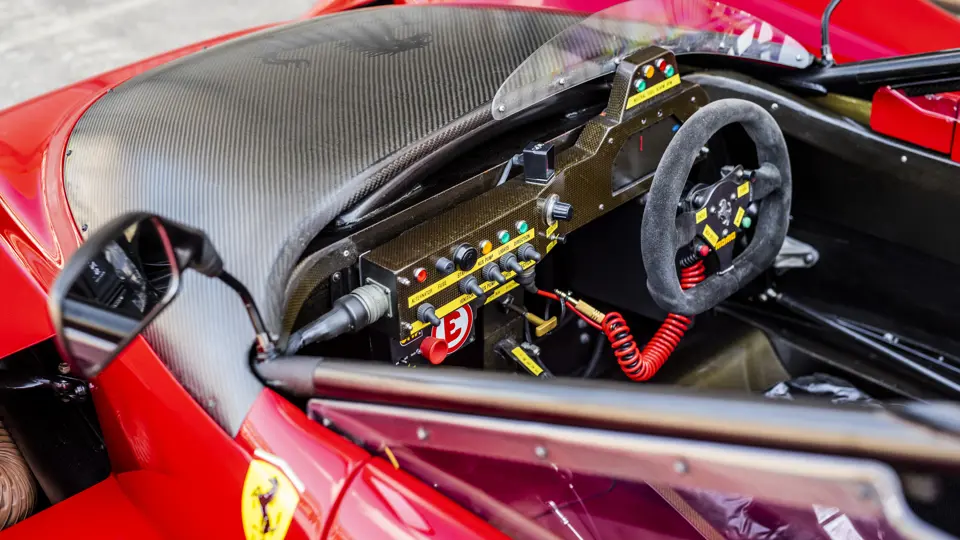

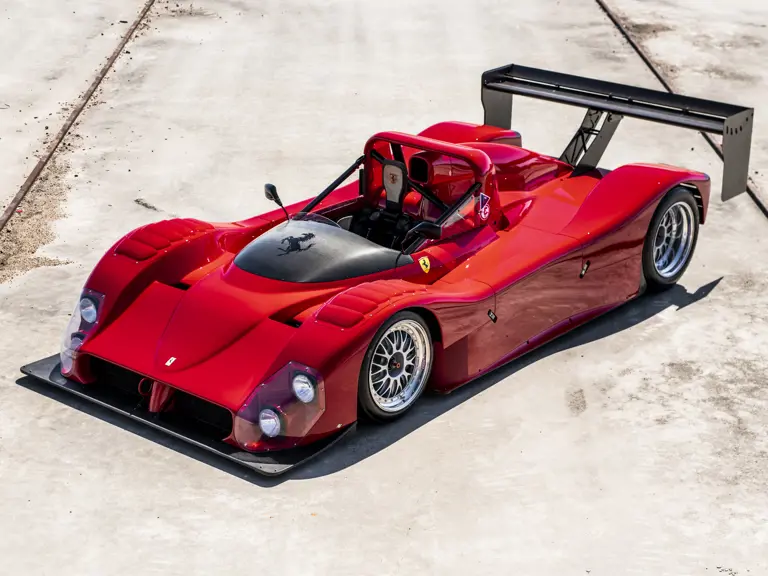
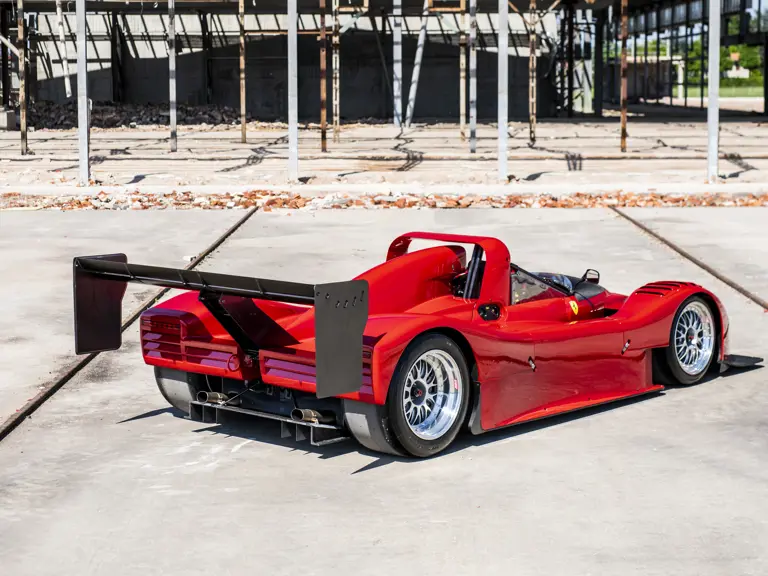
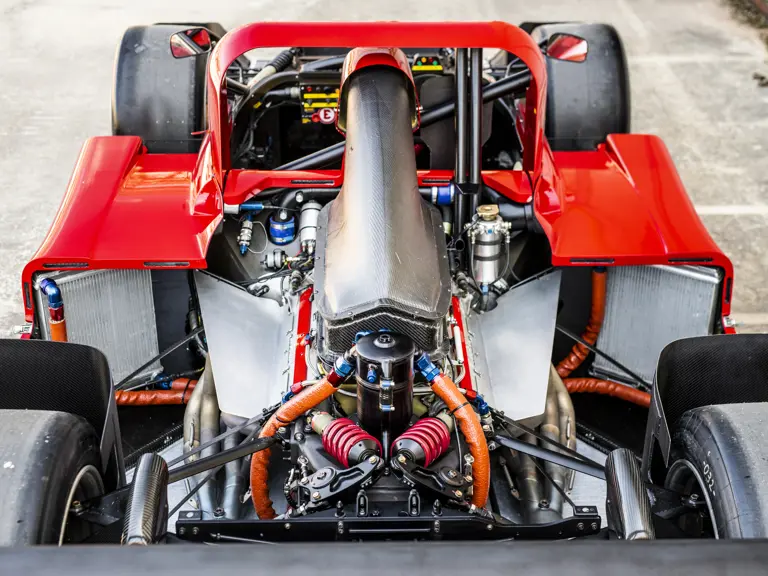
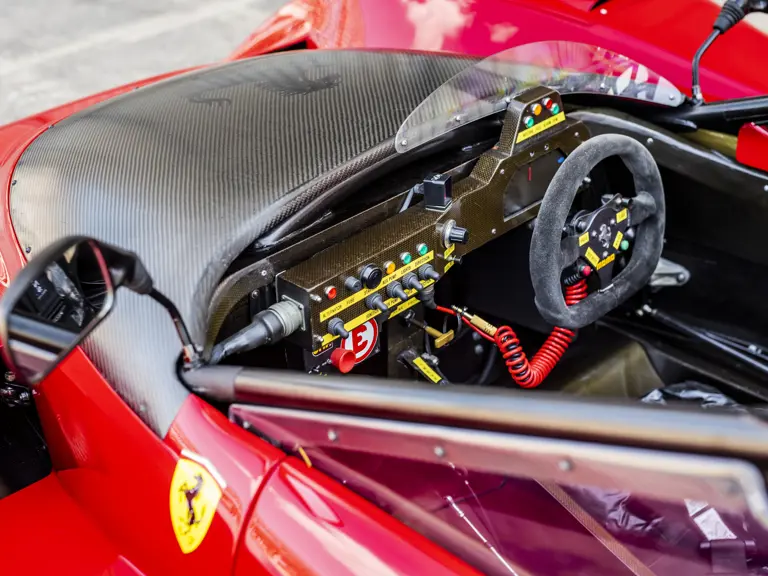
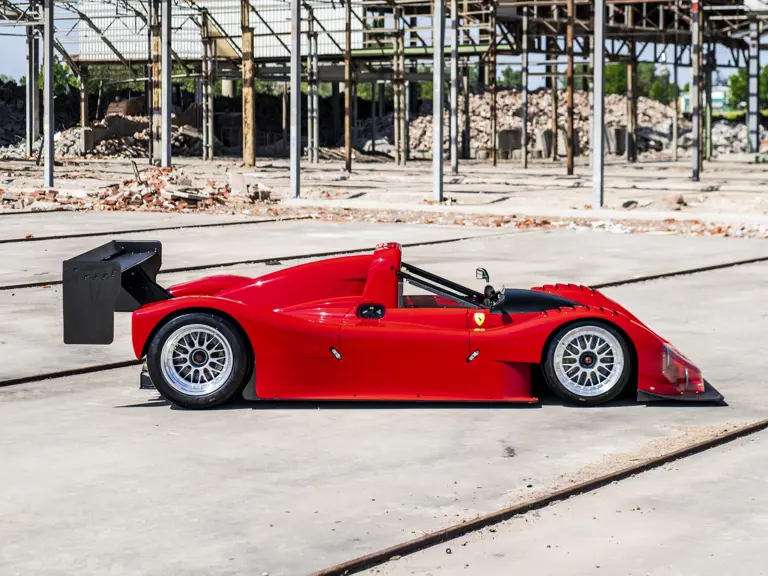
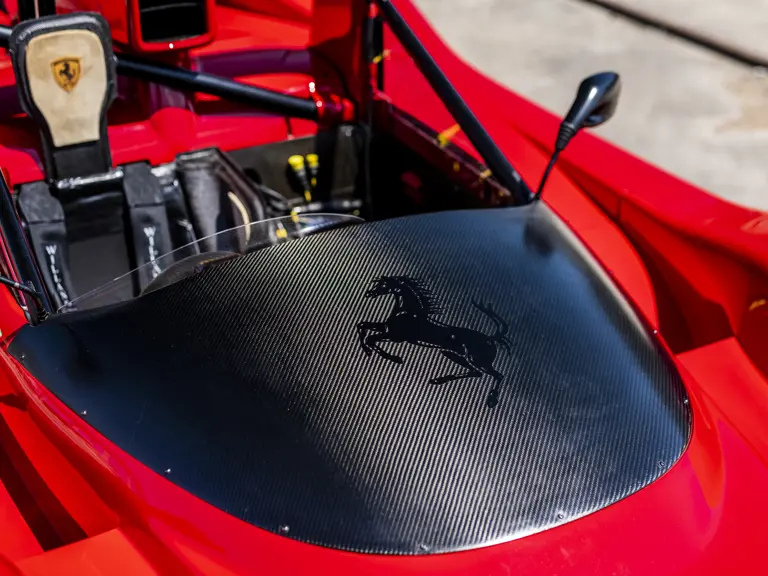
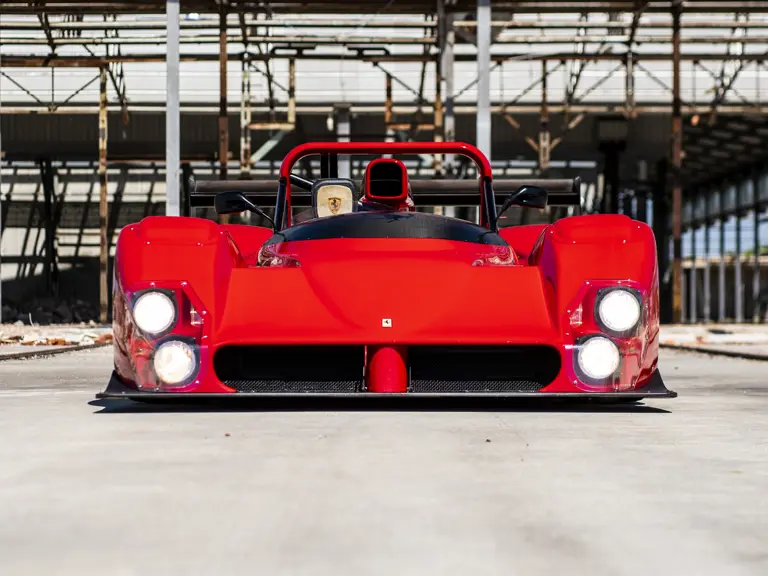
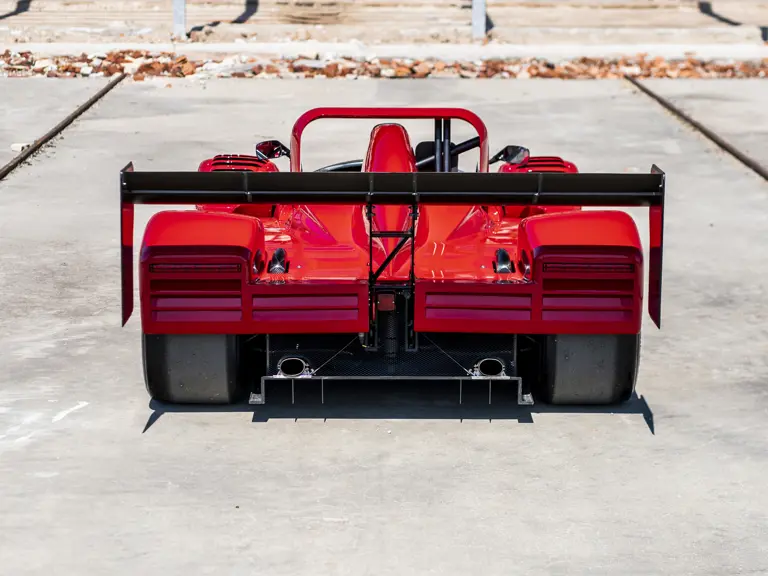
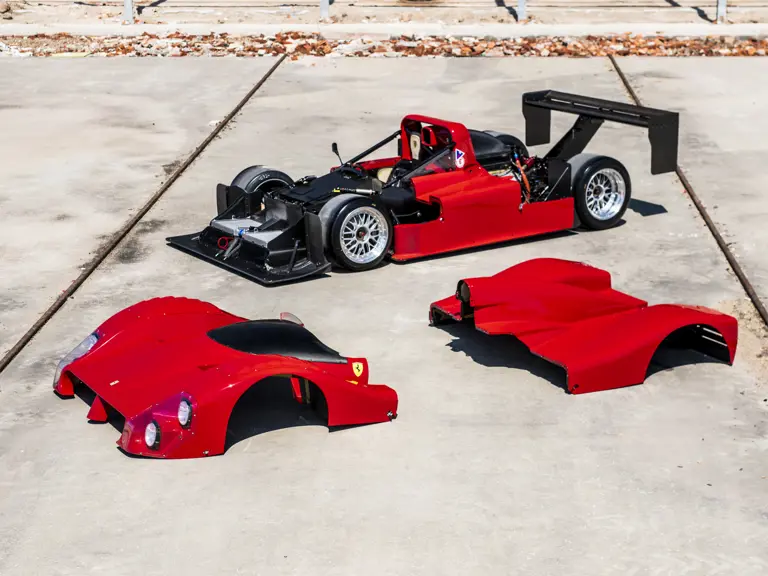
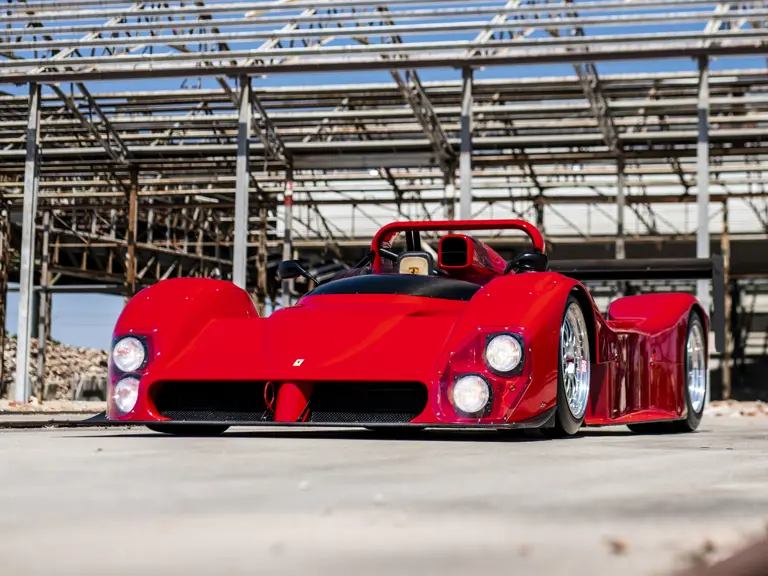
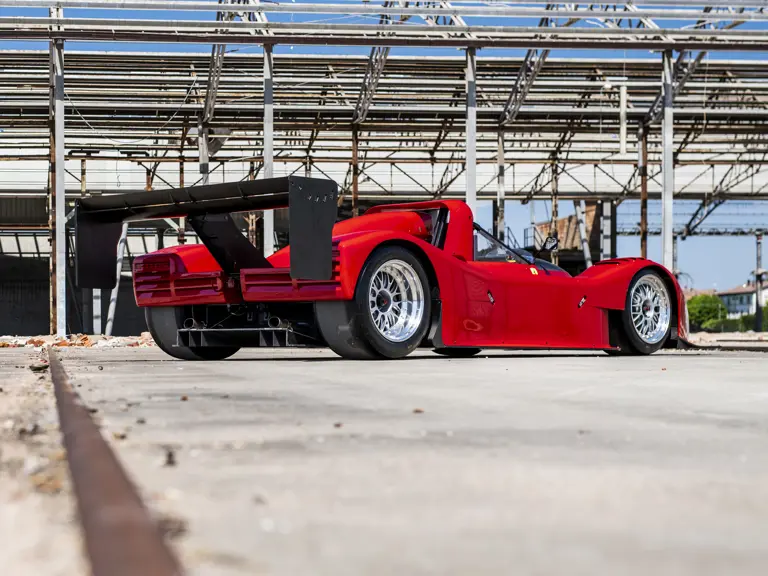
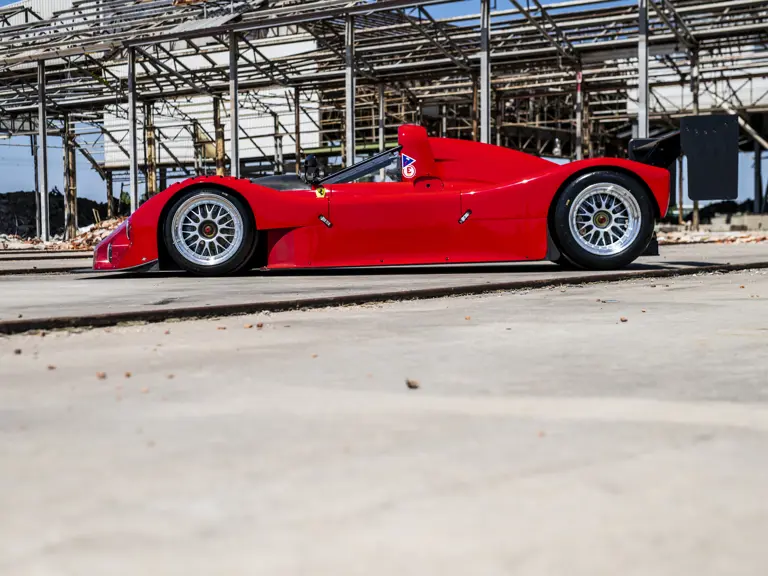
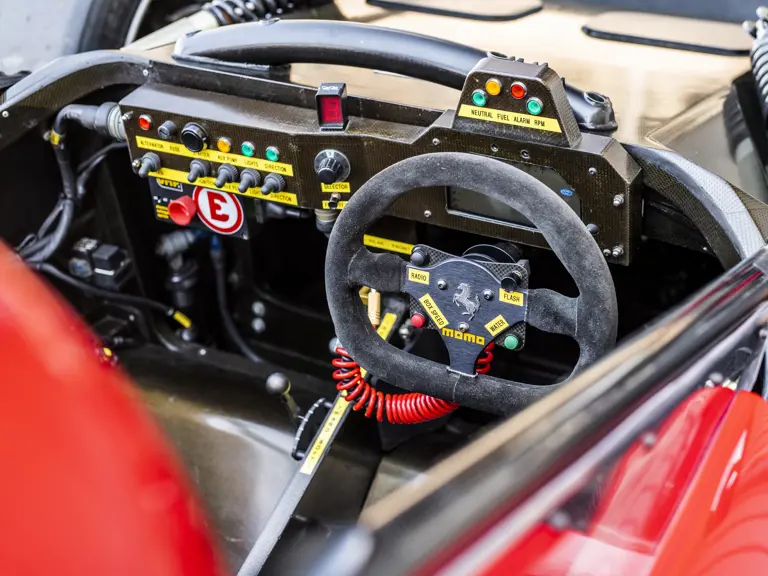
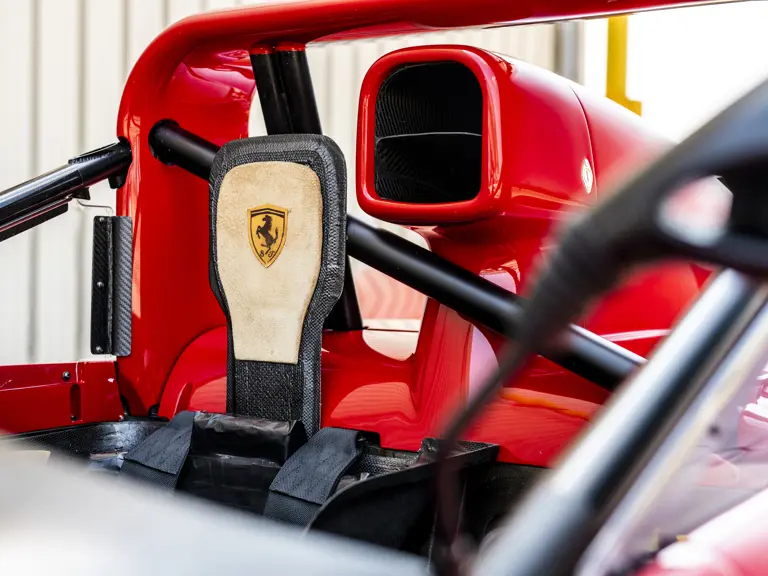


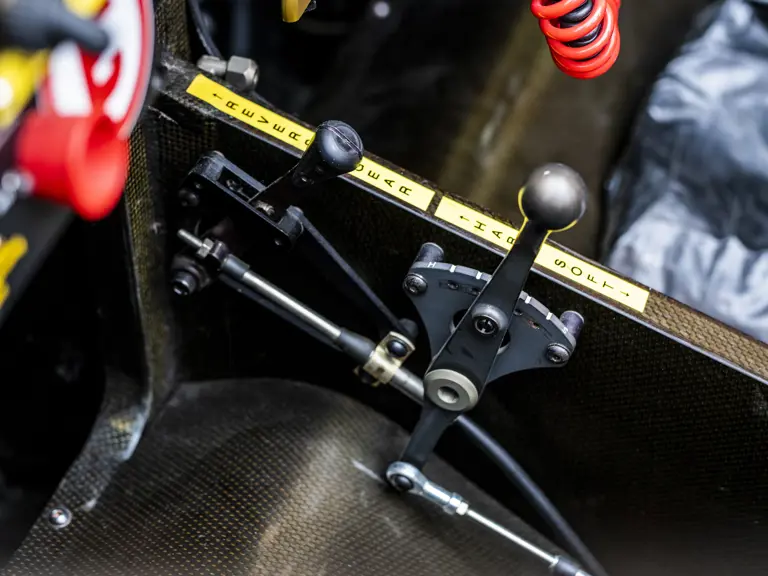
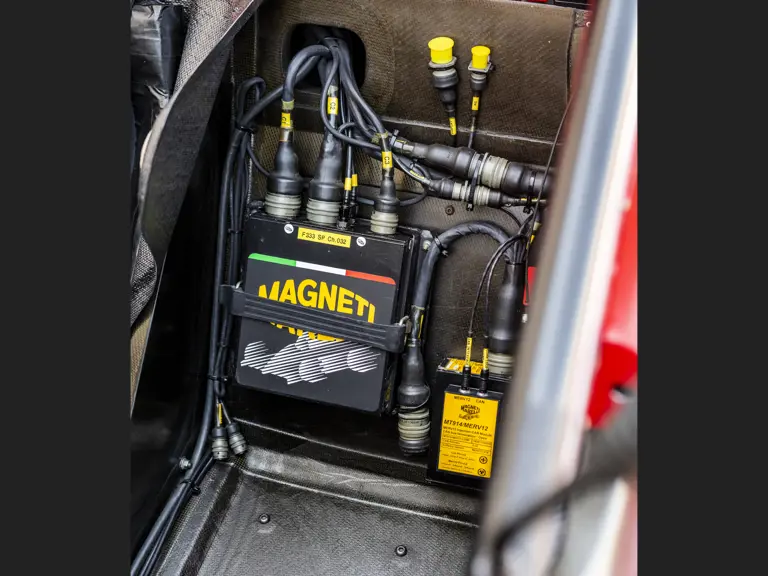
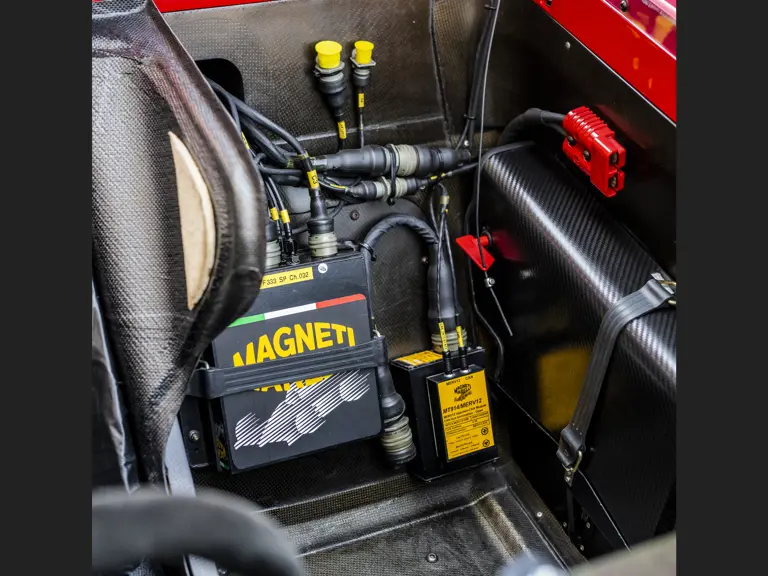
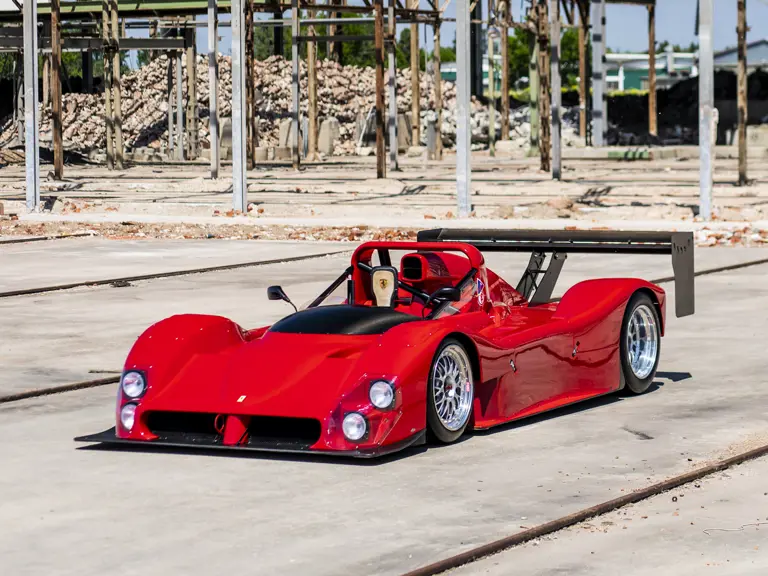
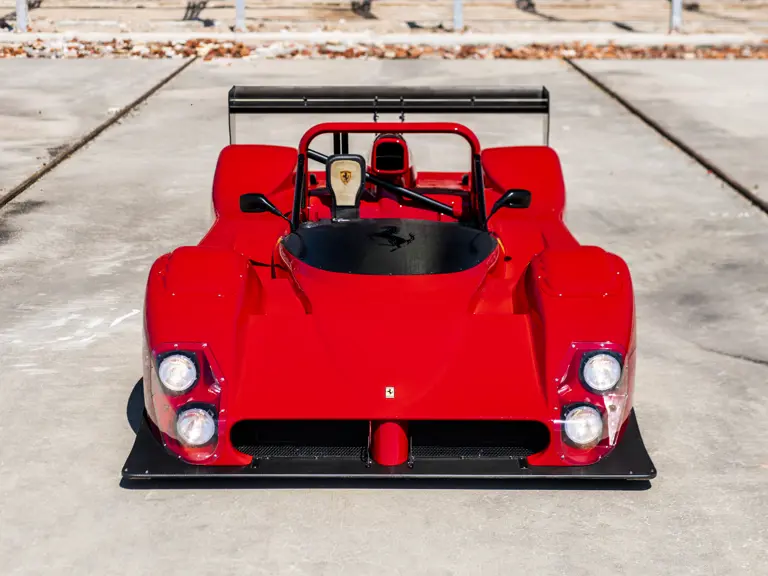
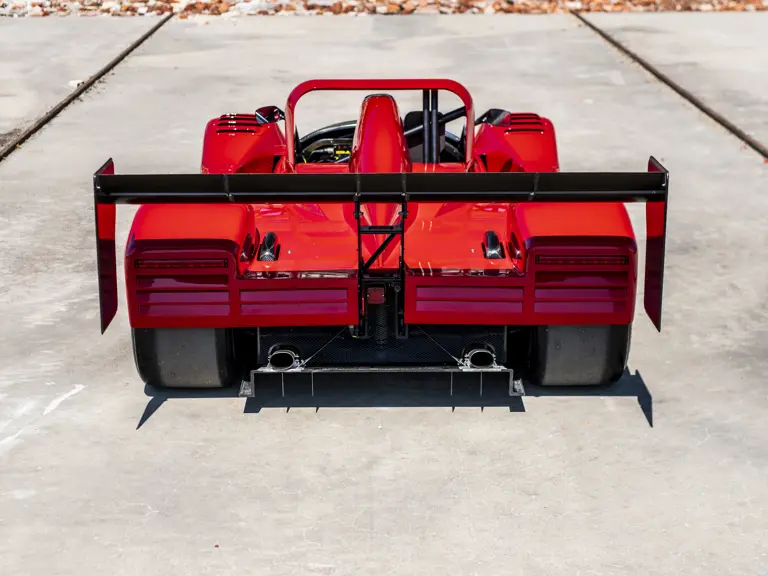
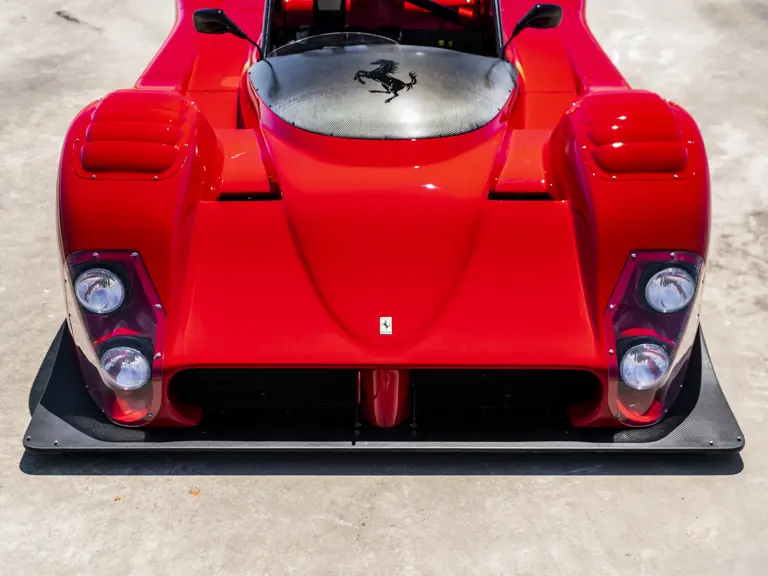
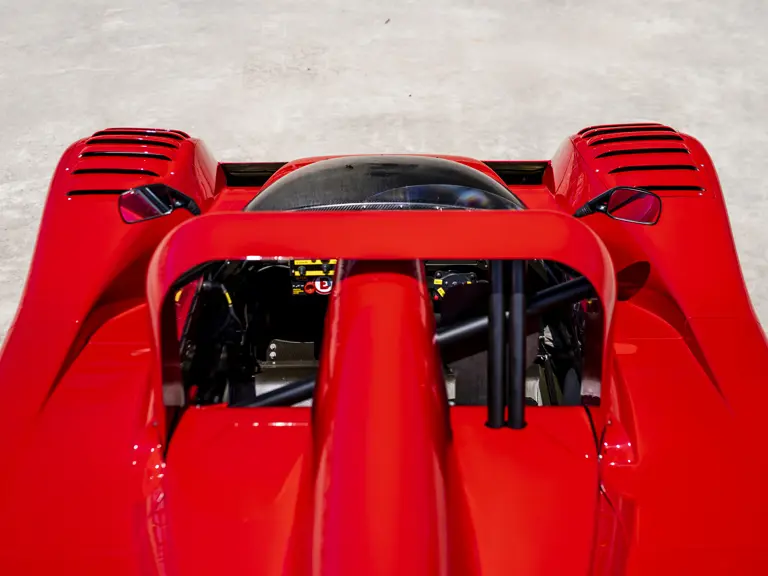
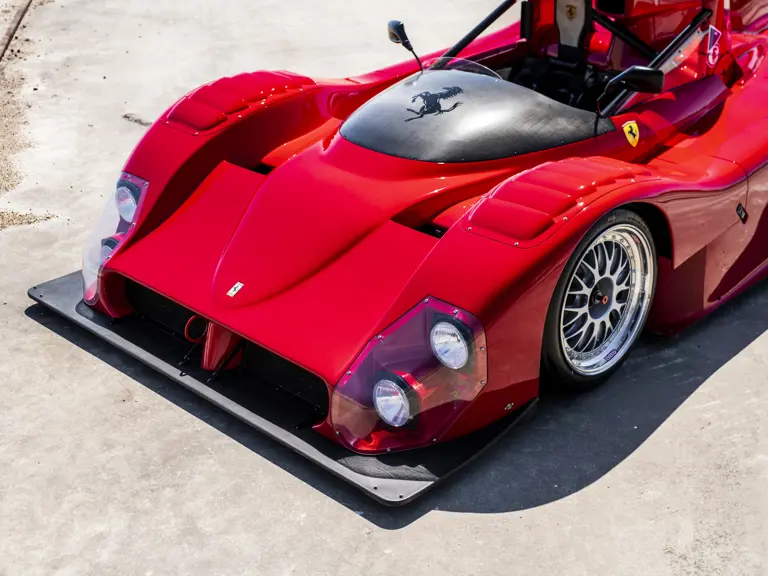

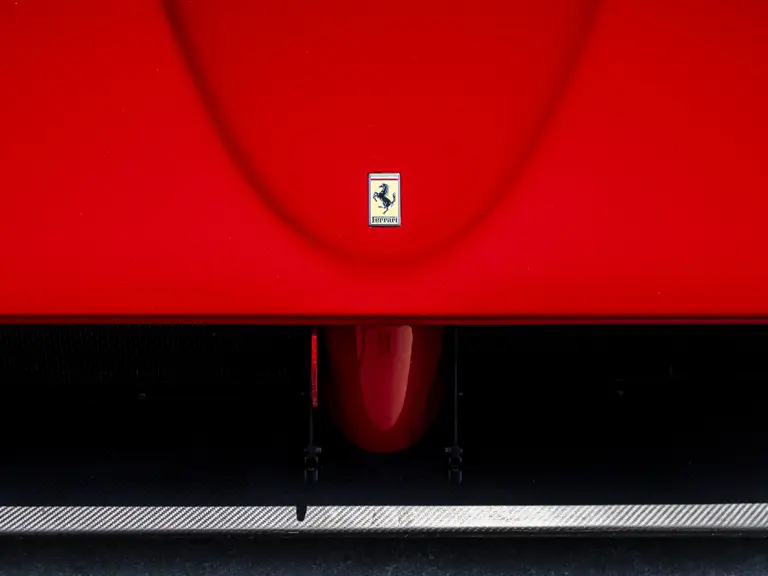
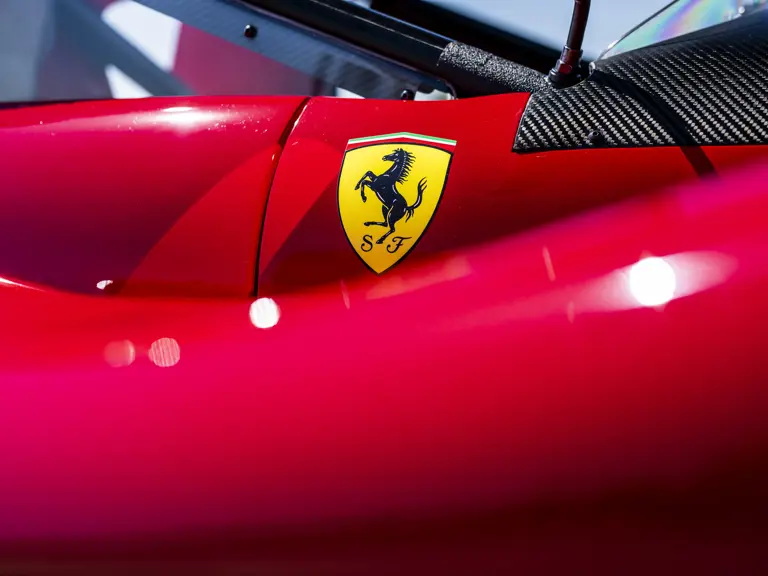
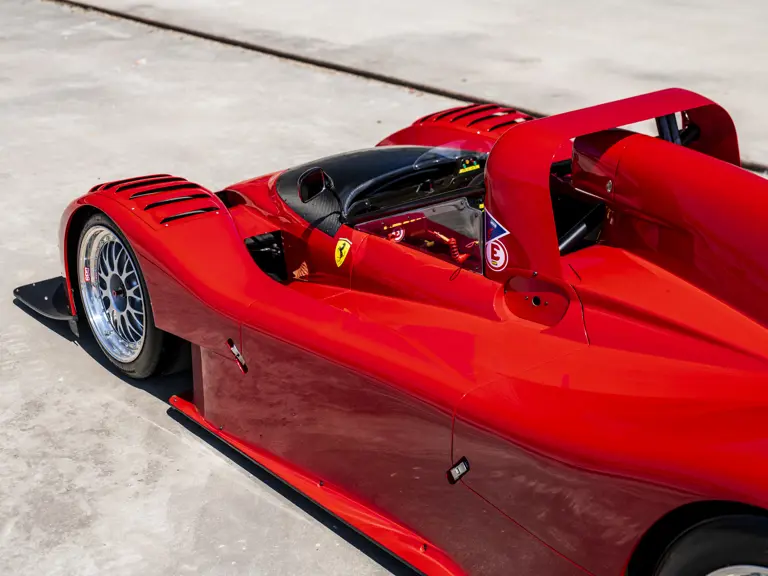

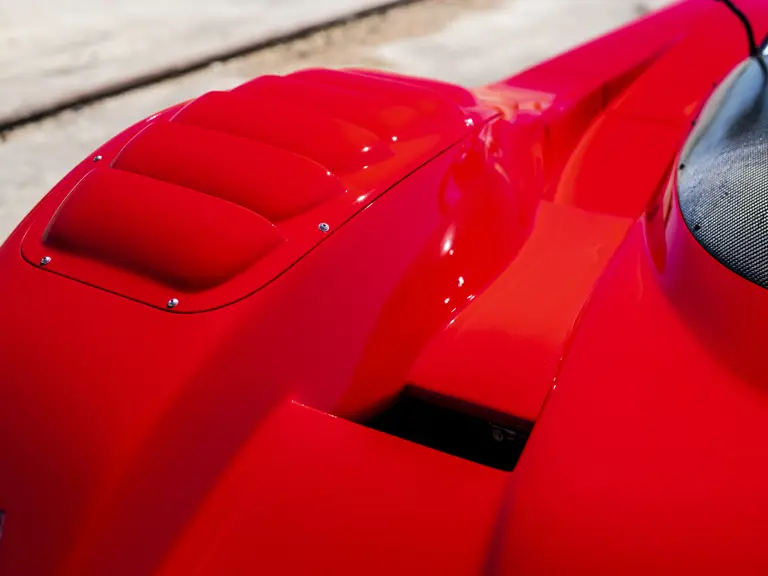
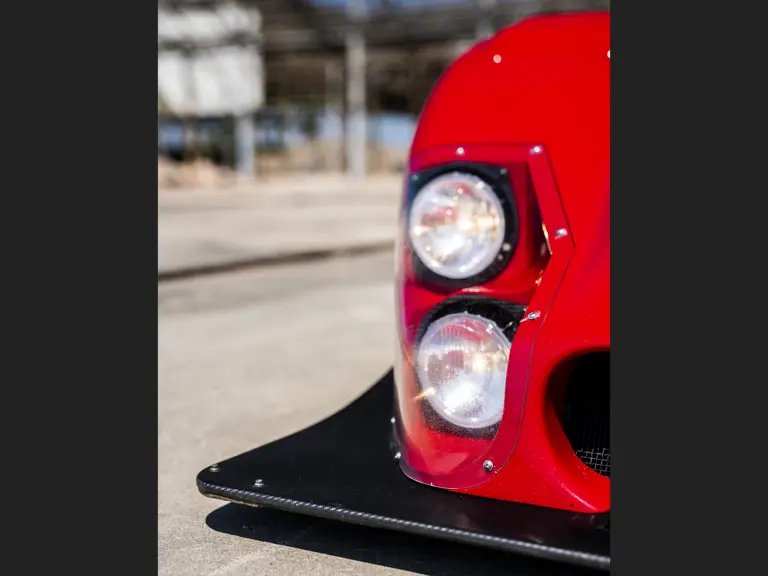
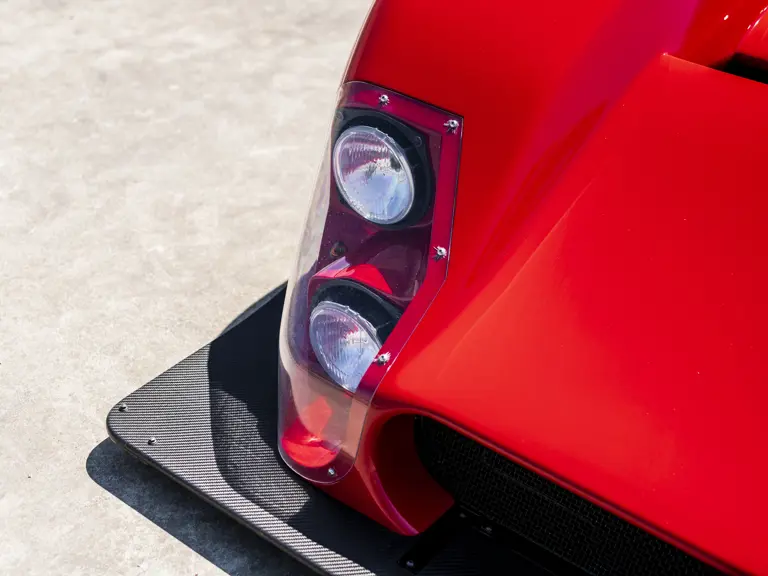

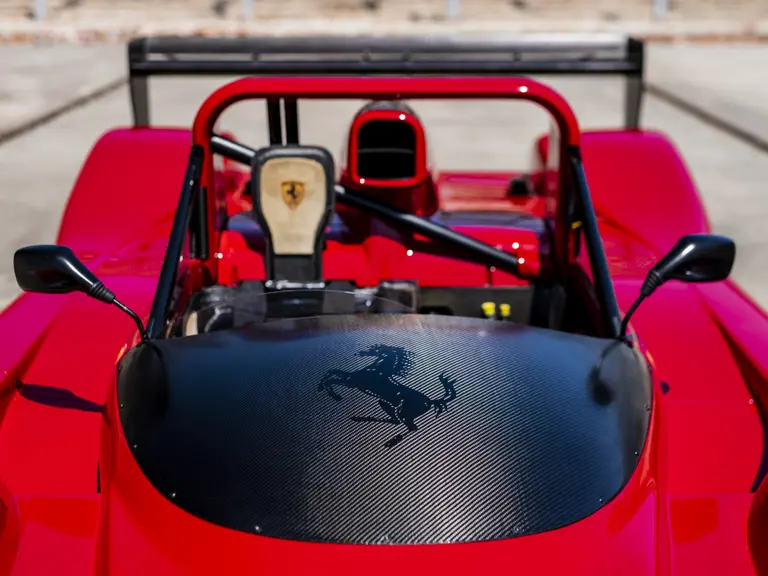
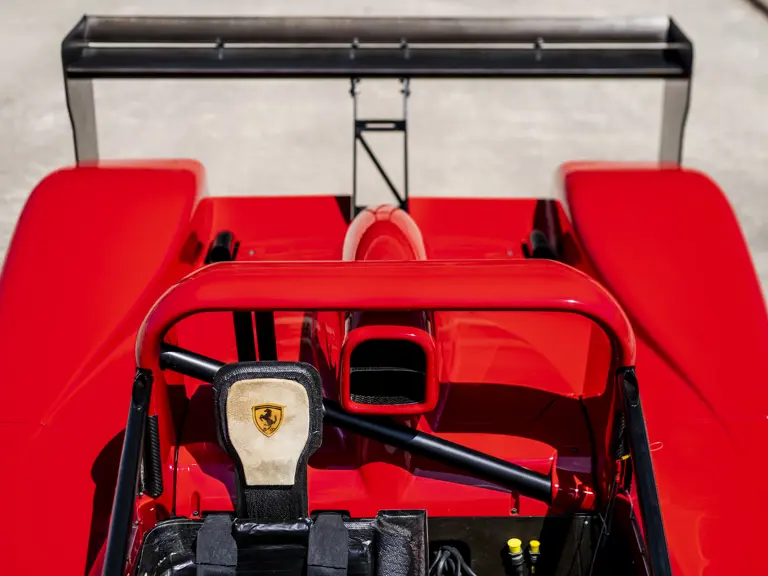
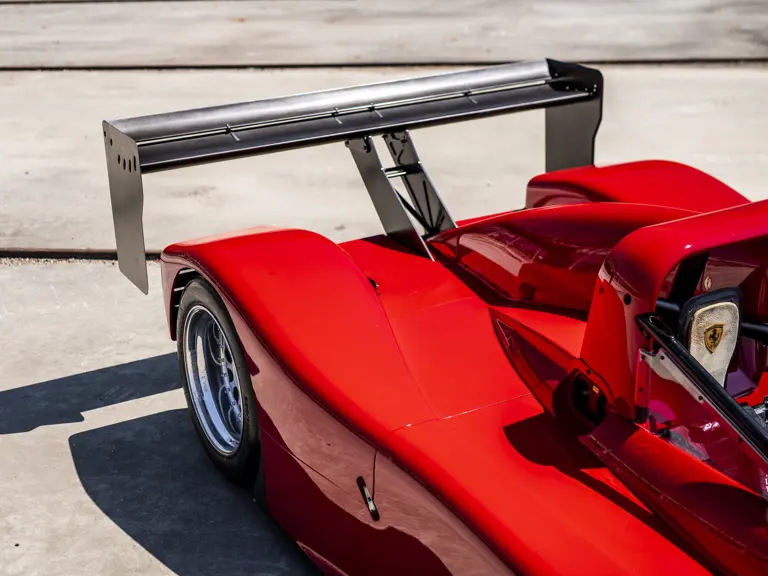
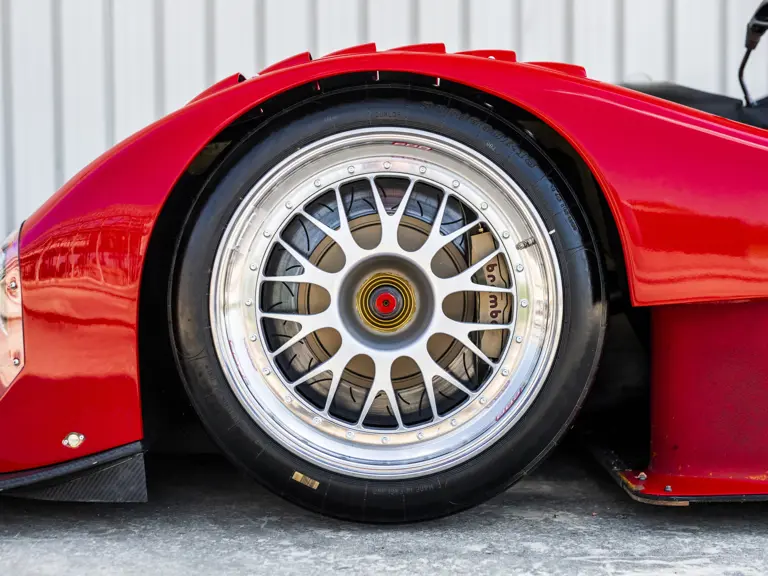
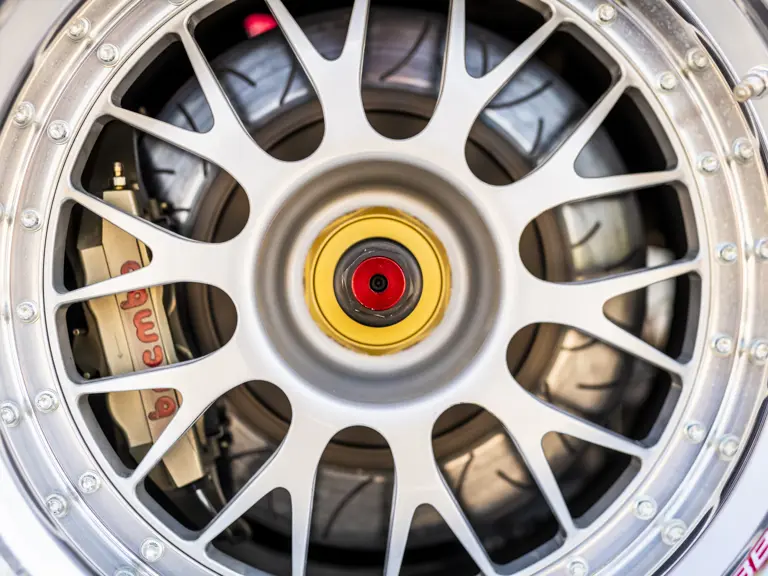
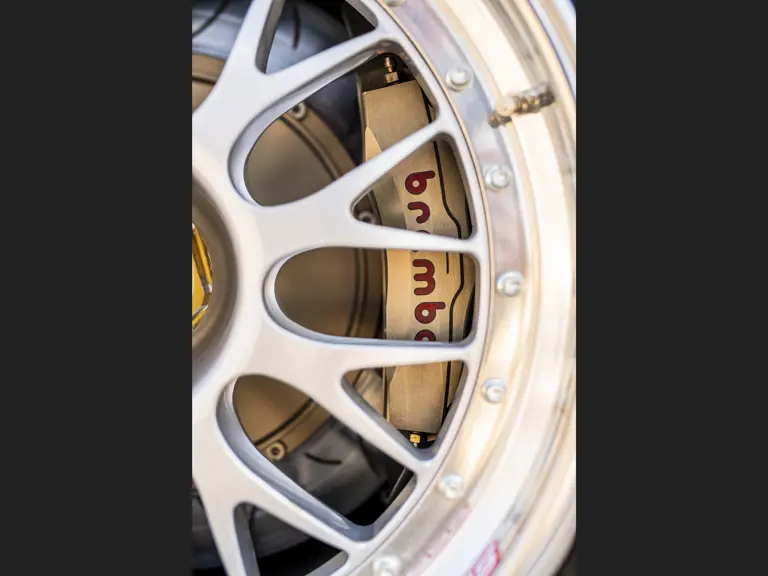
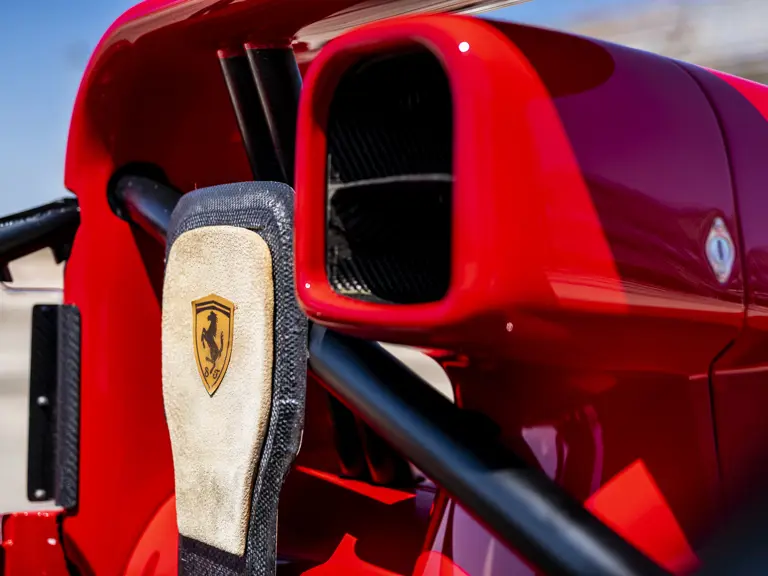


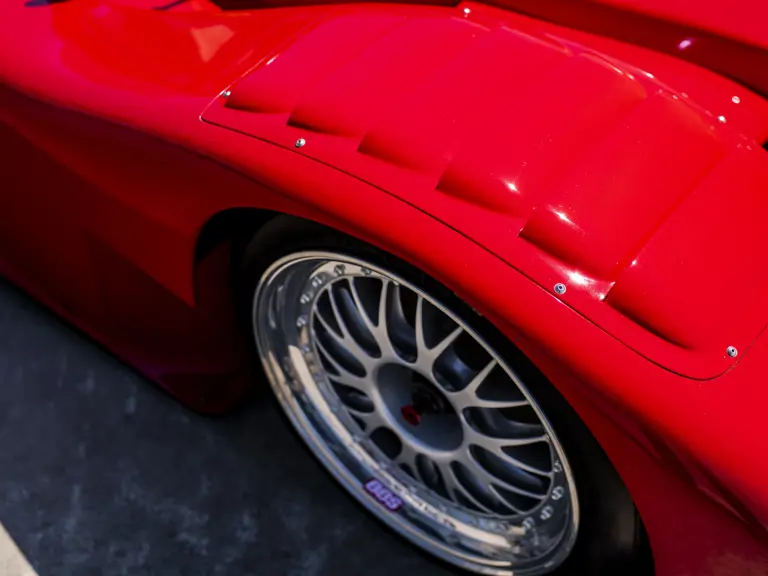
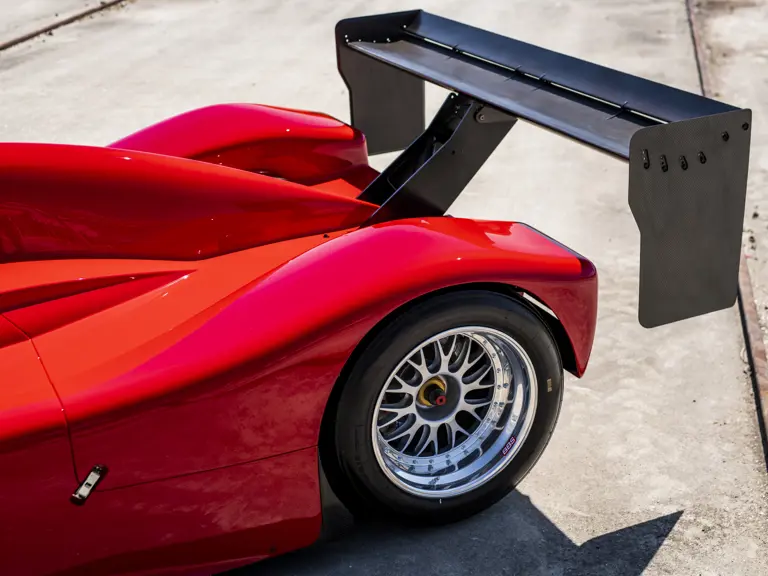

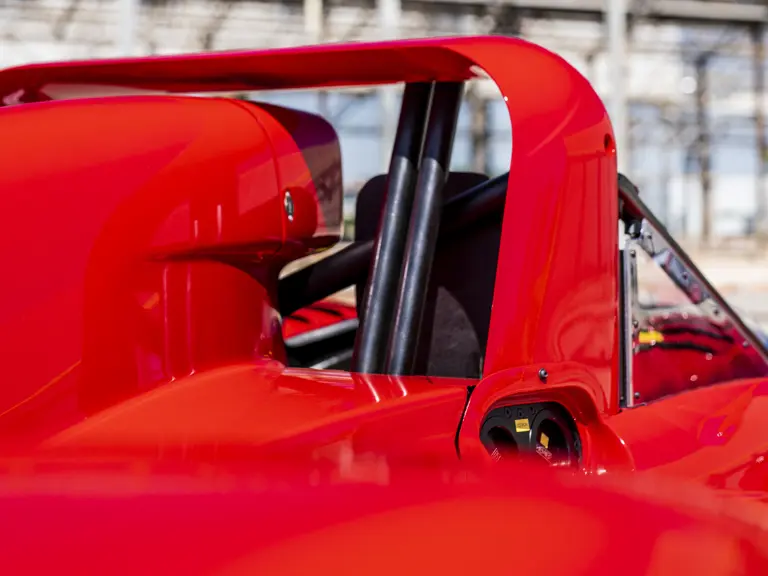

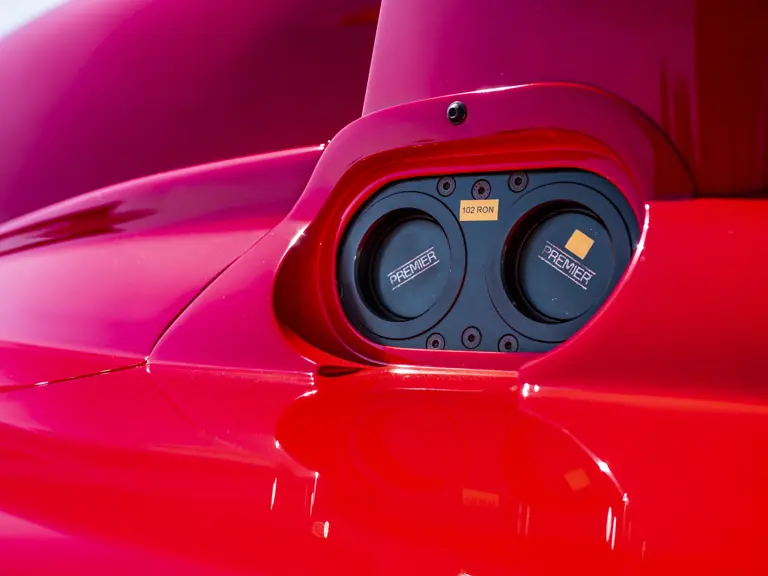
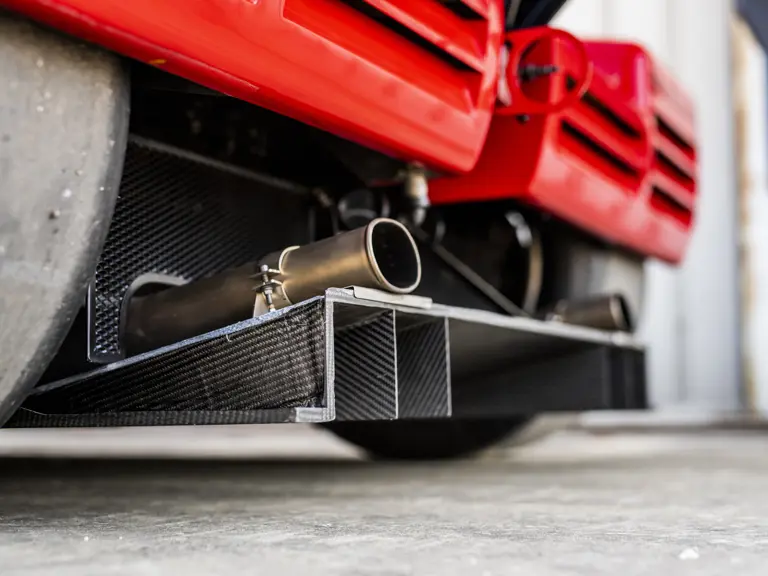
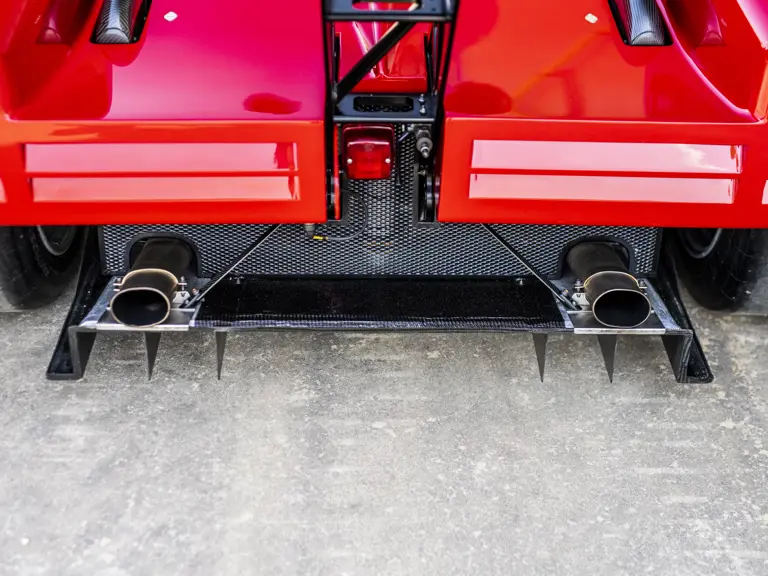
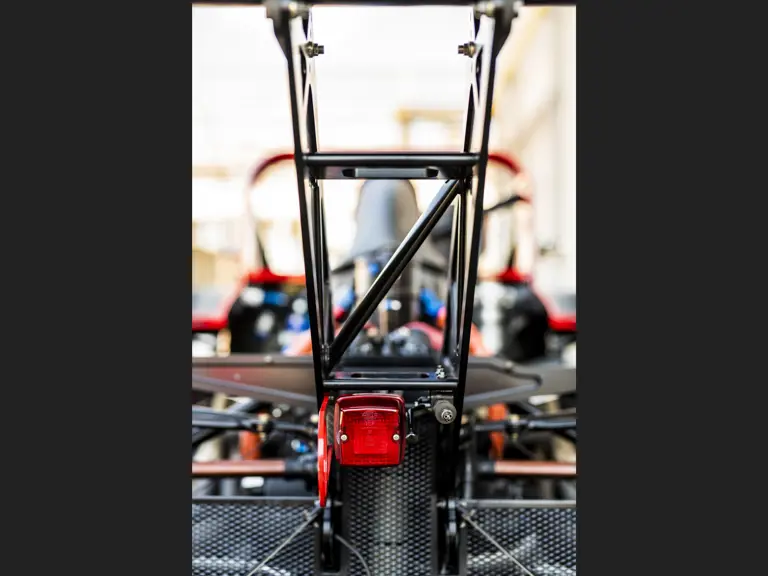

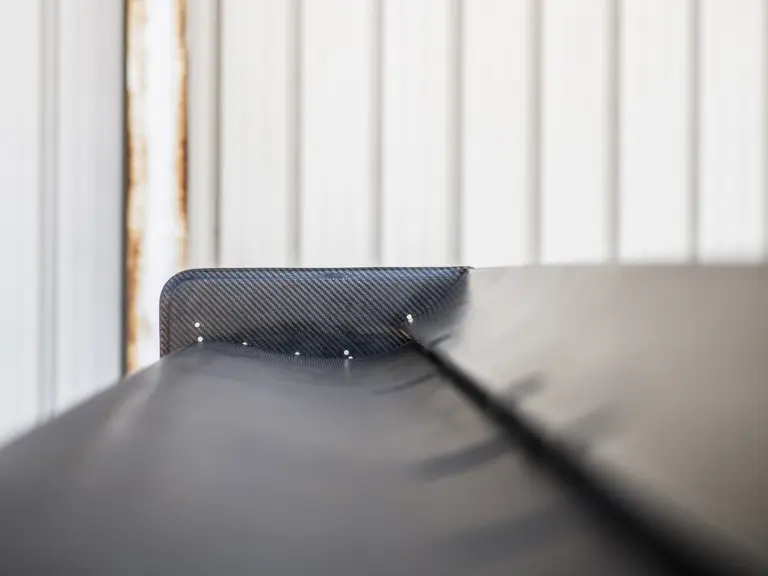
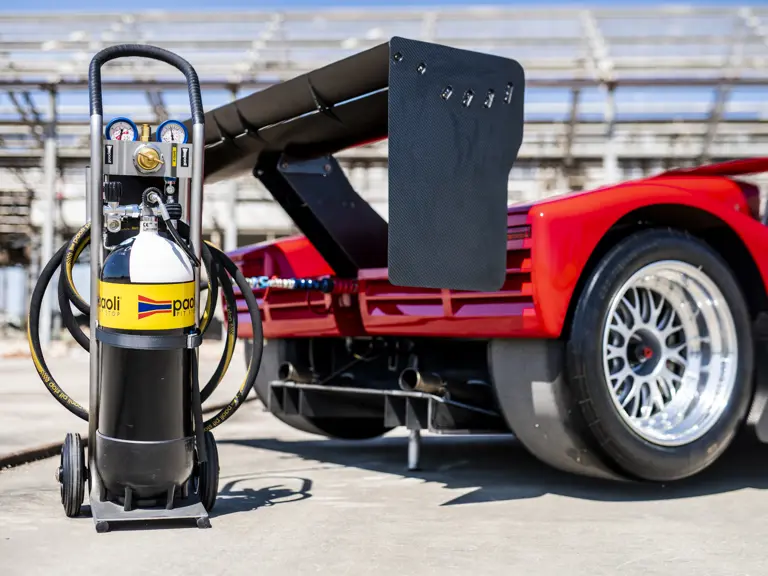
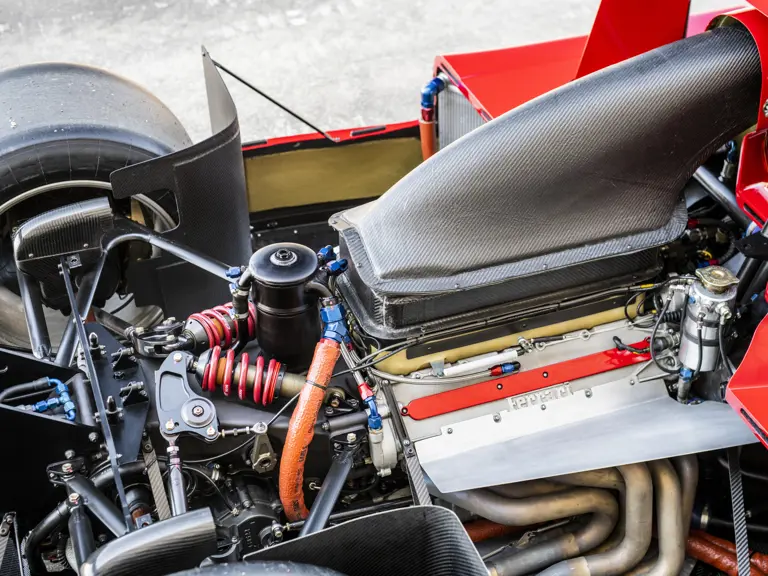

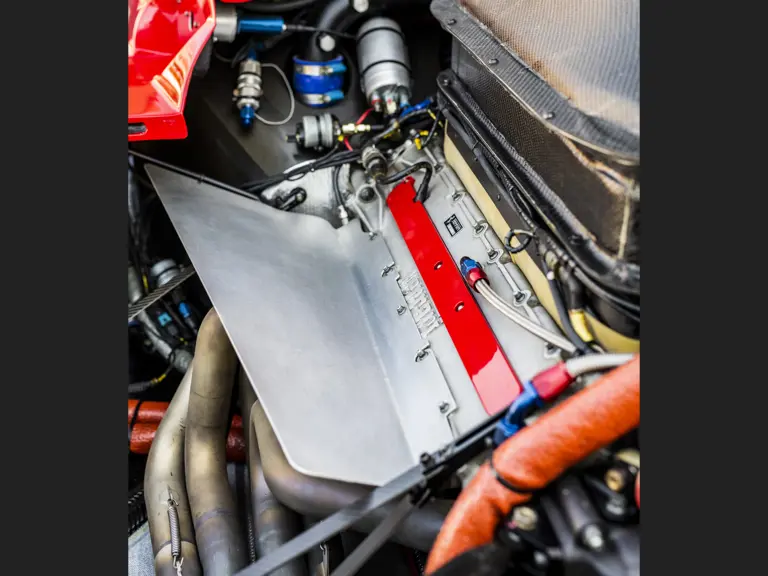
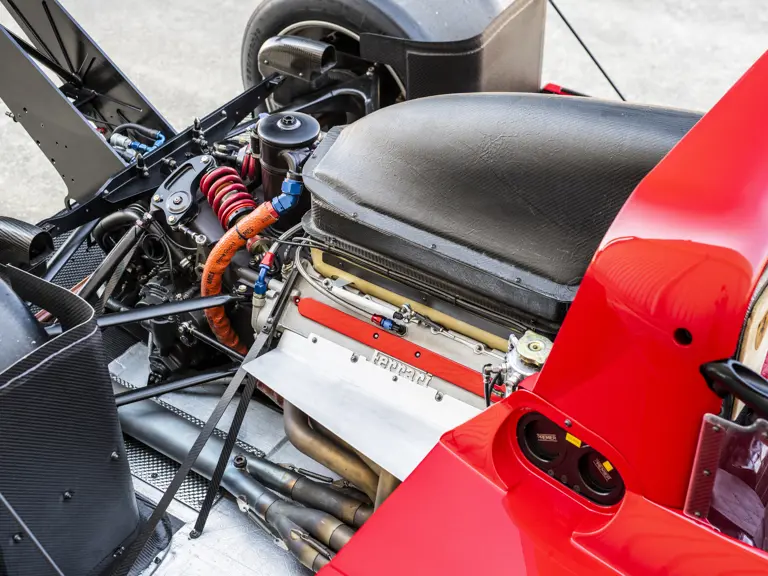
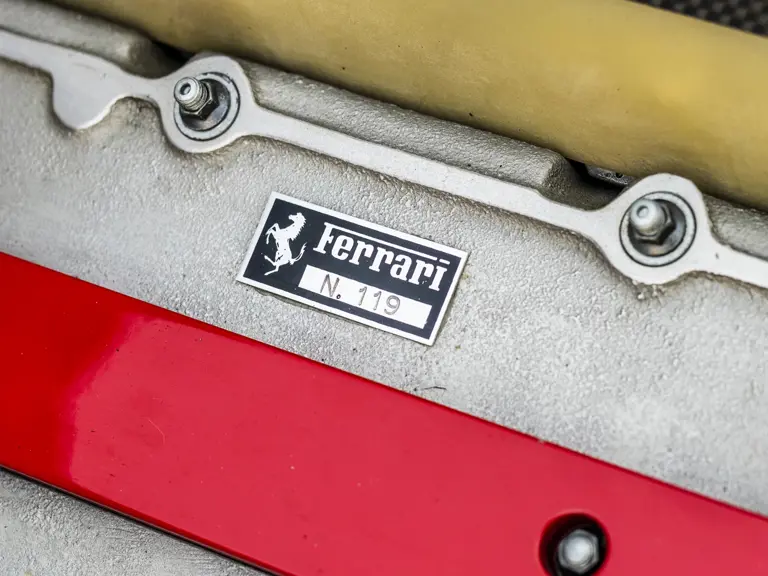

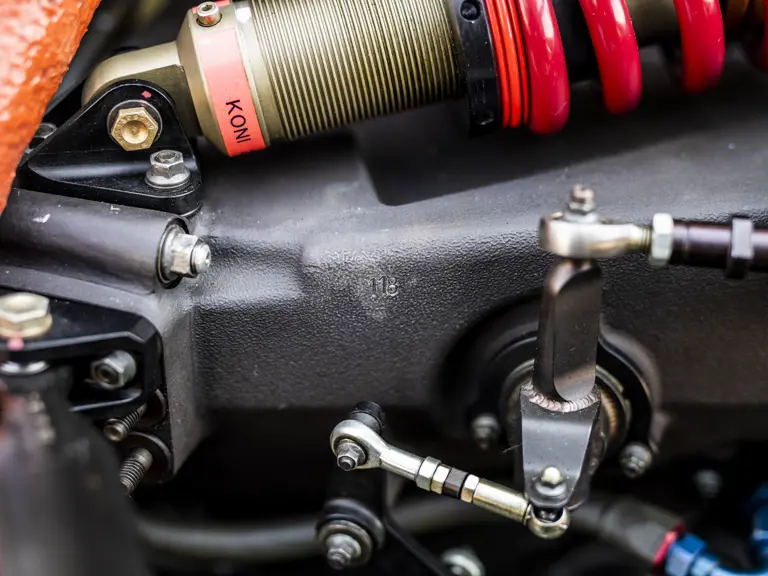
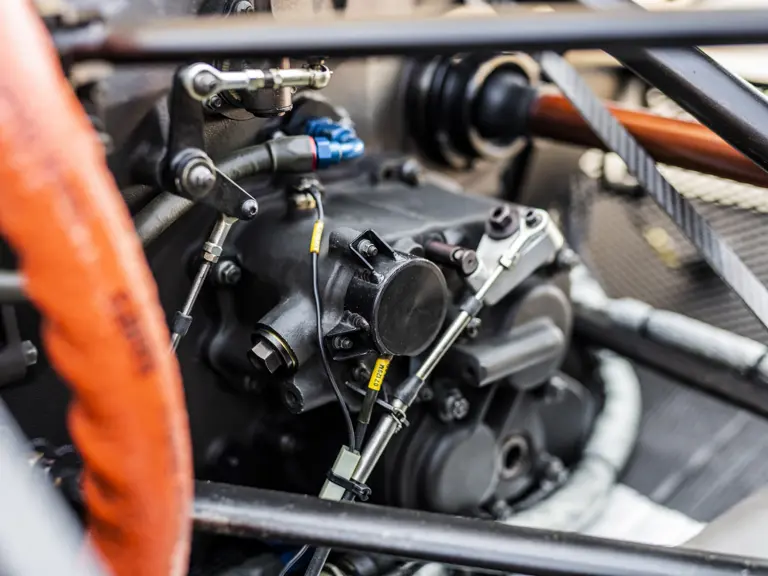

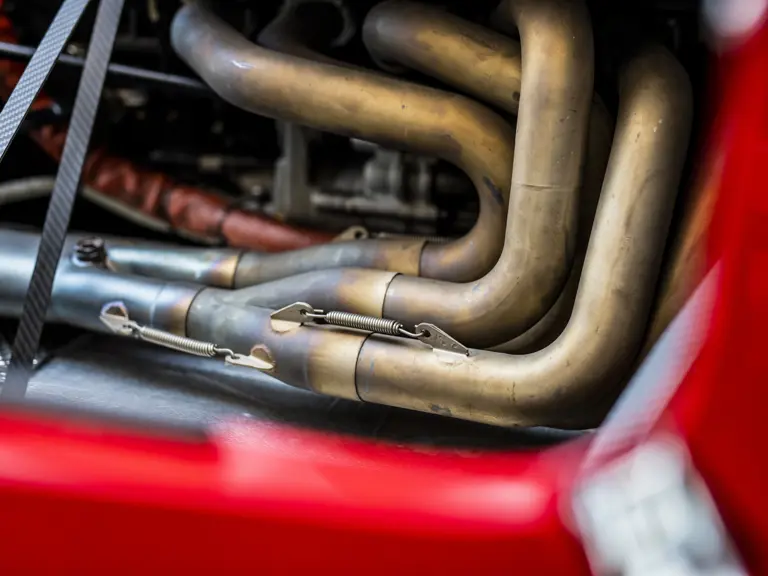
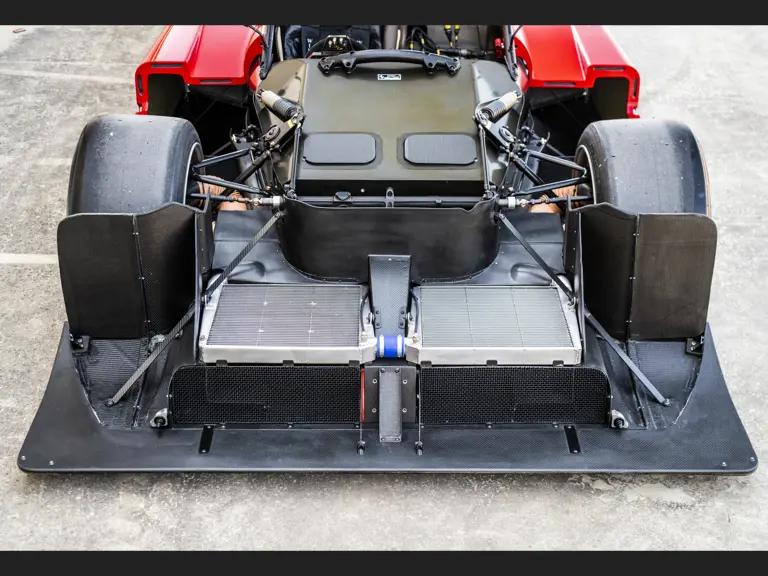
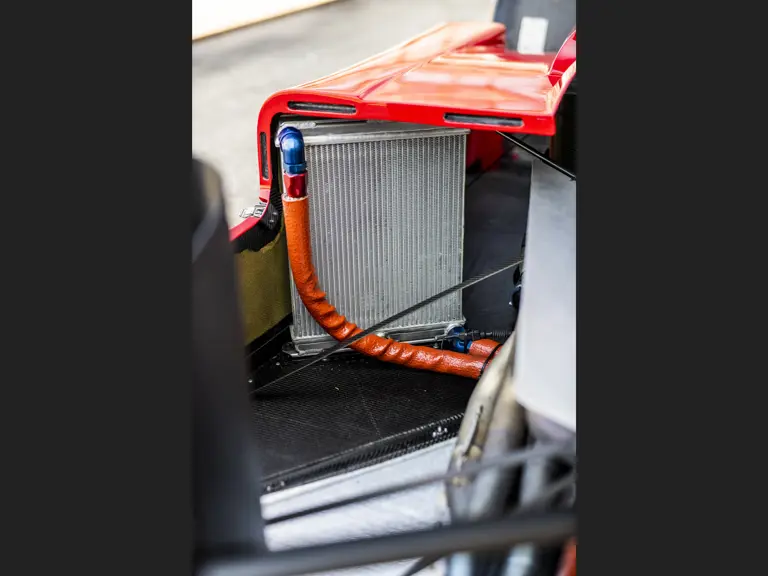
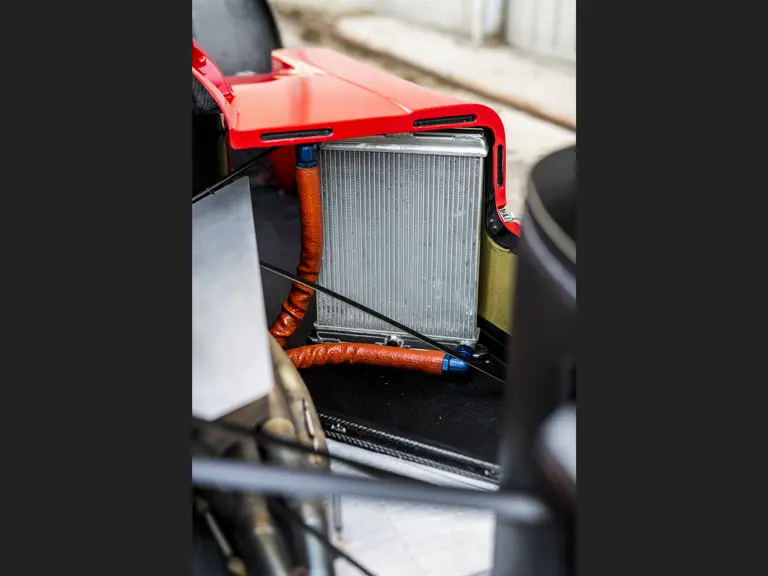
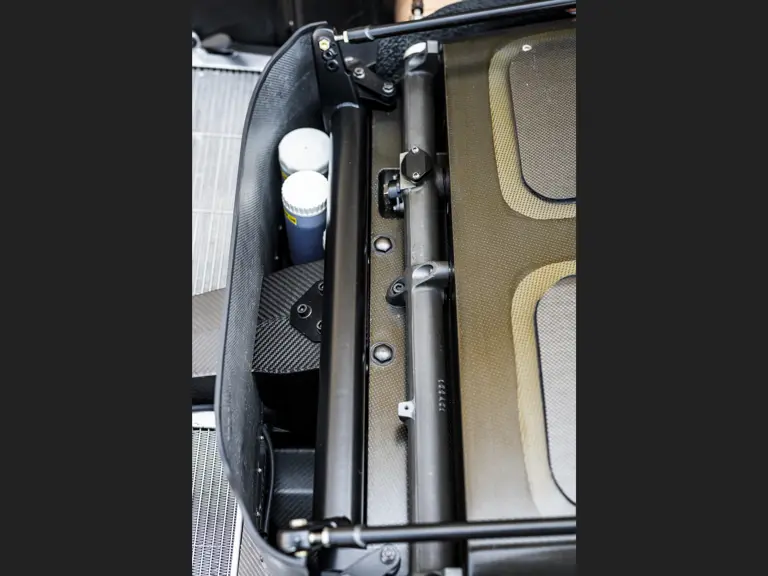
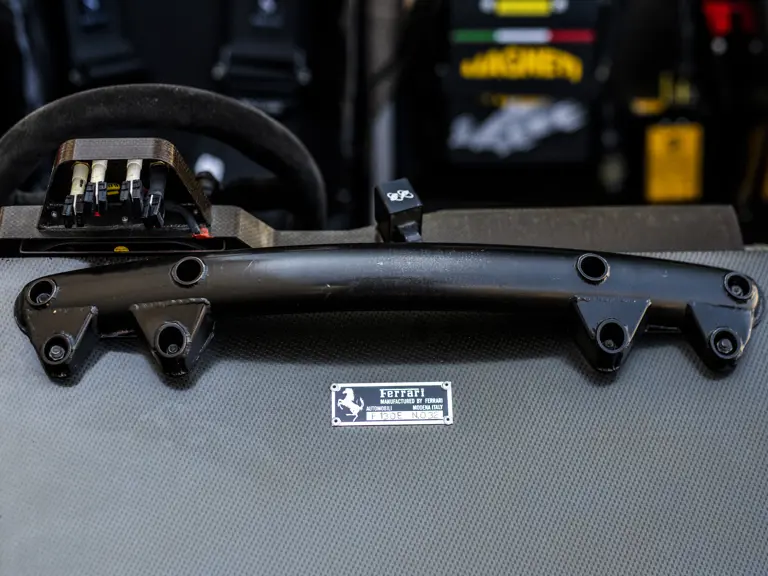
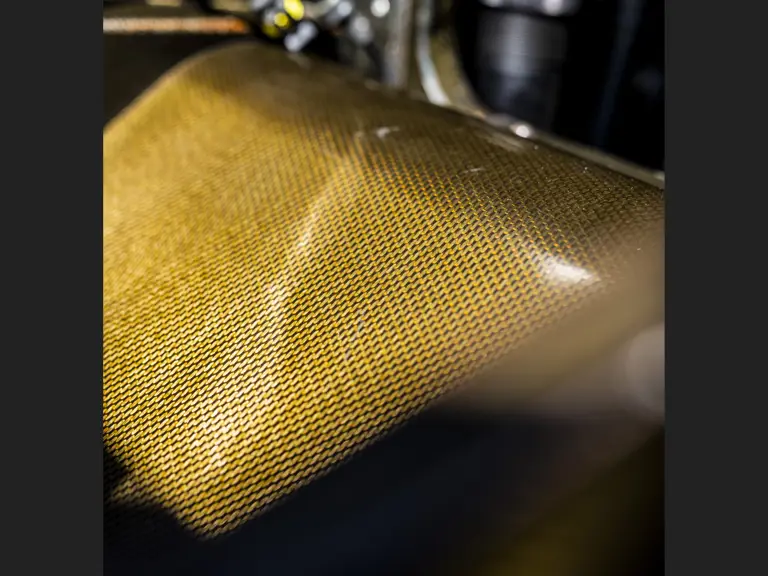
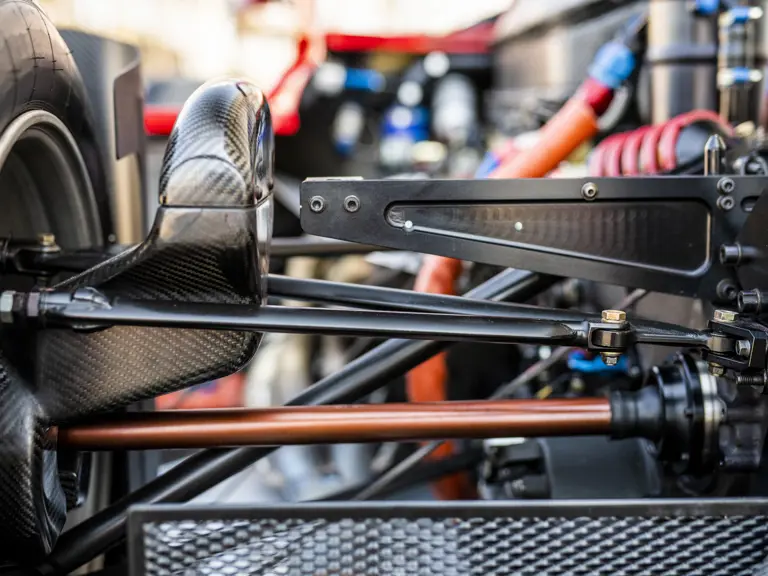
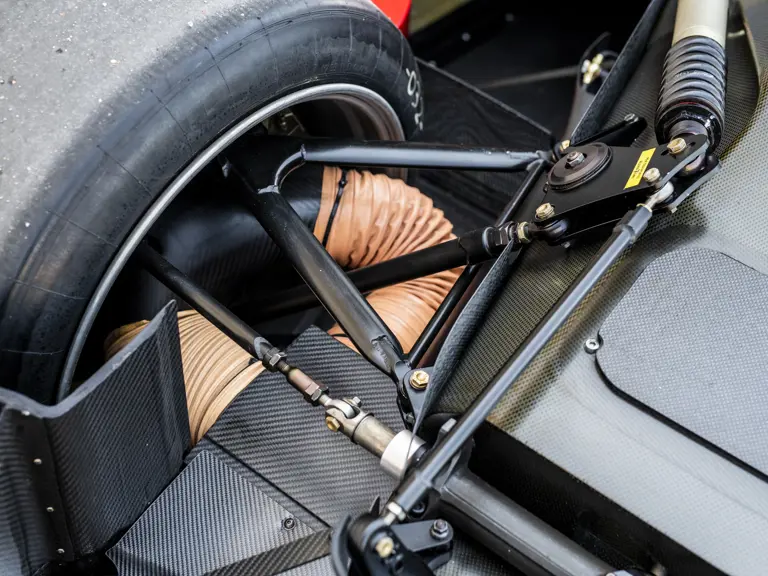

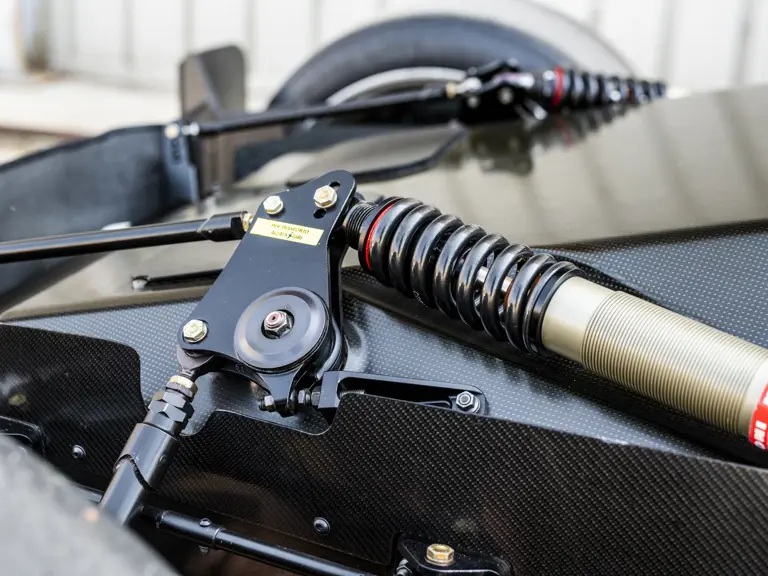
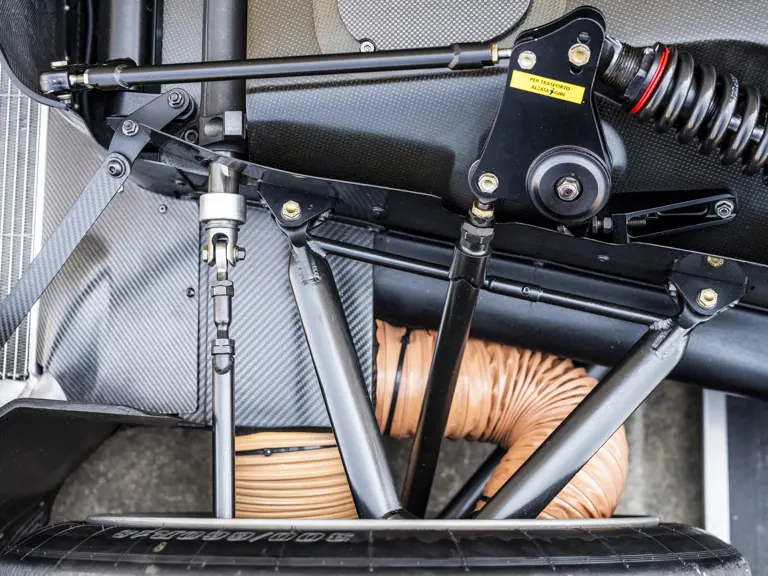
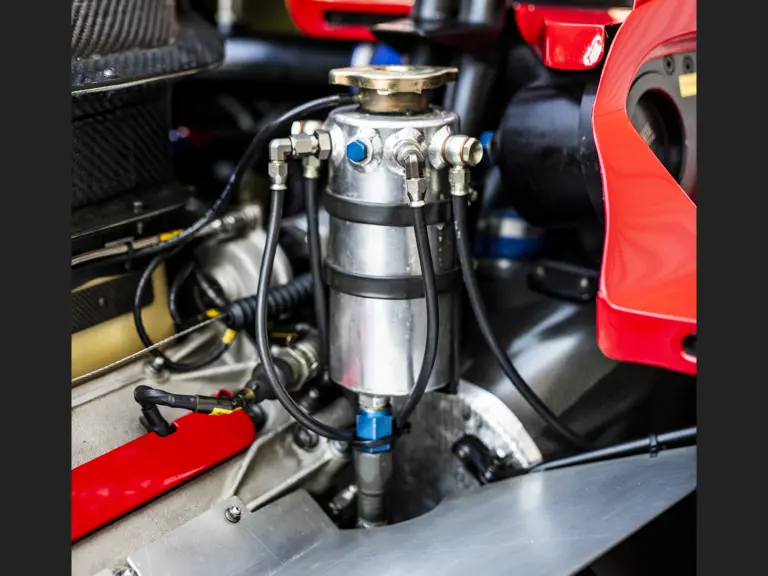
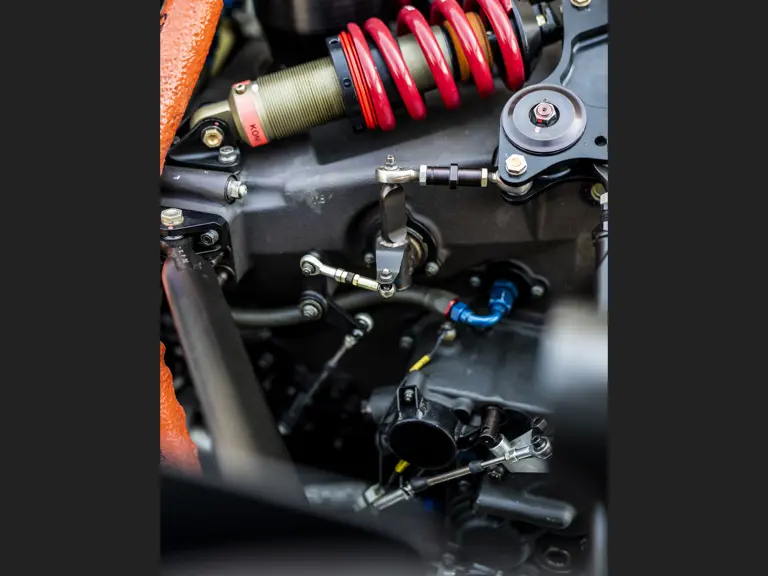

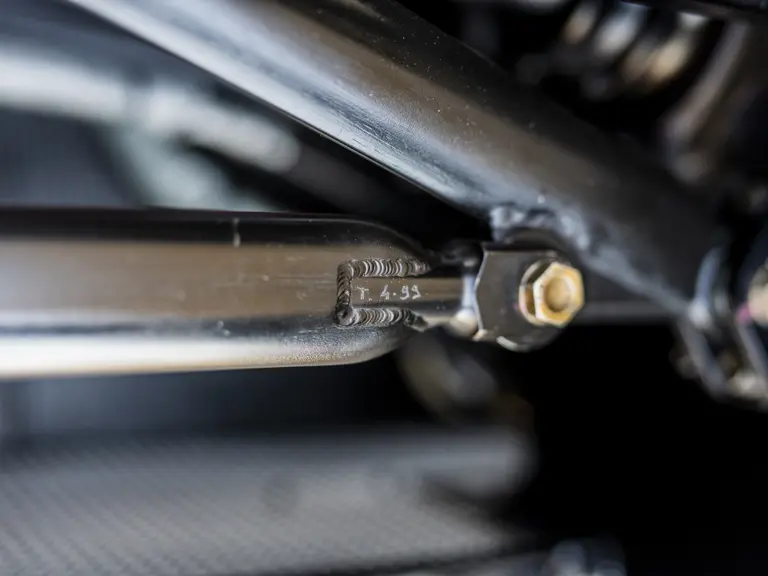
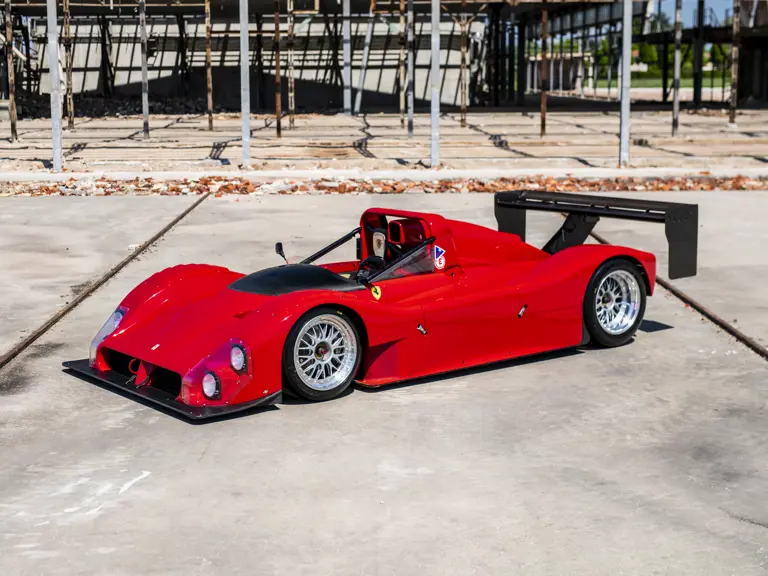
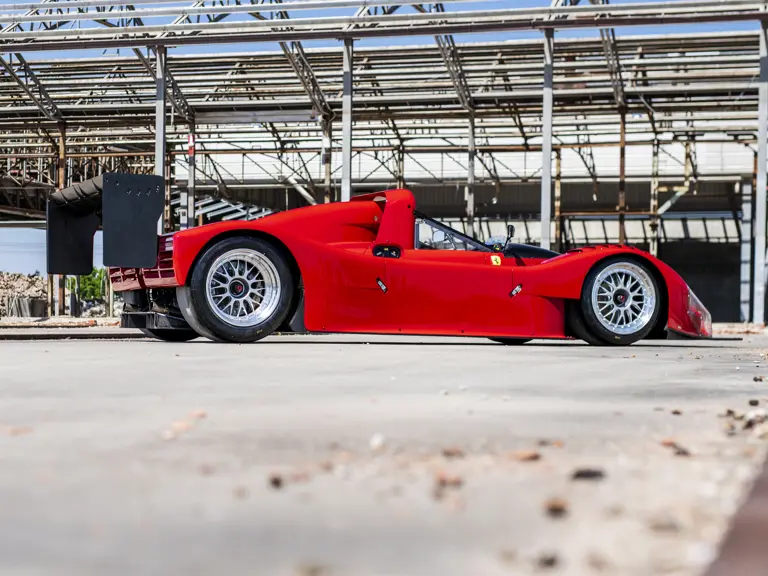
 | Italy
| Italy

